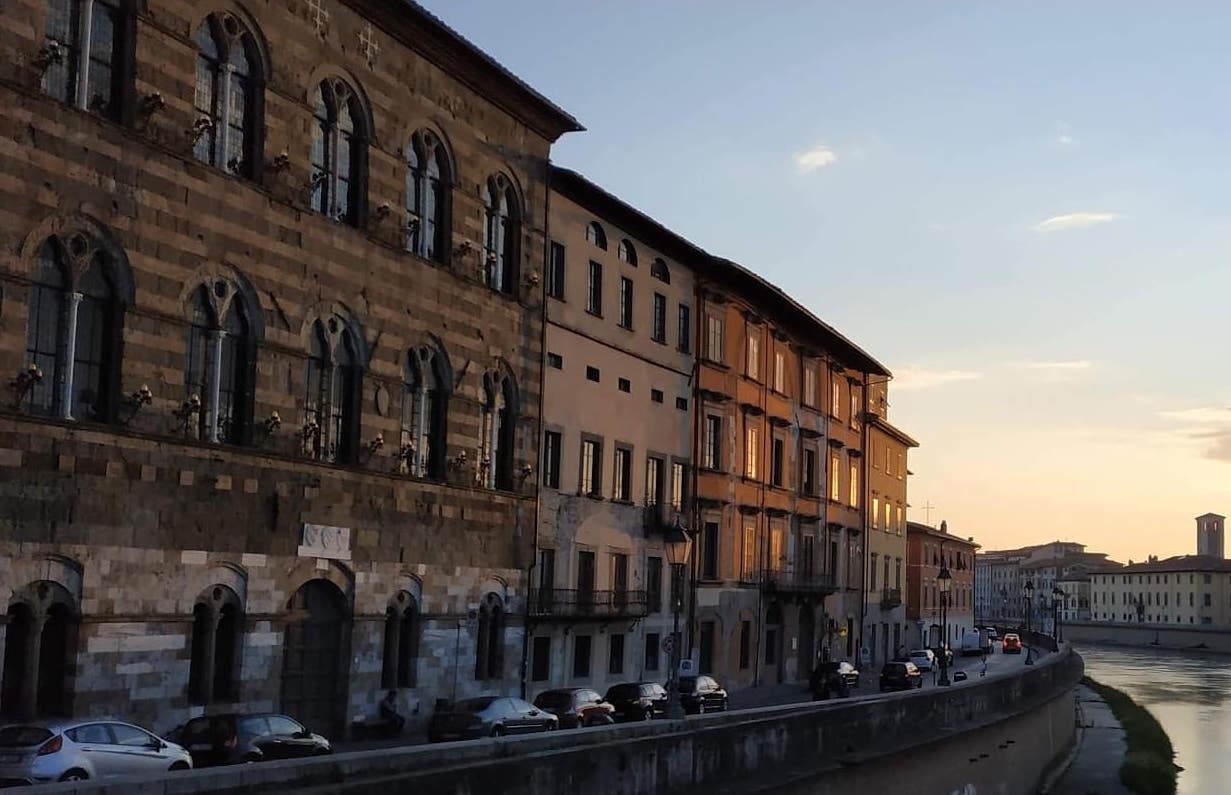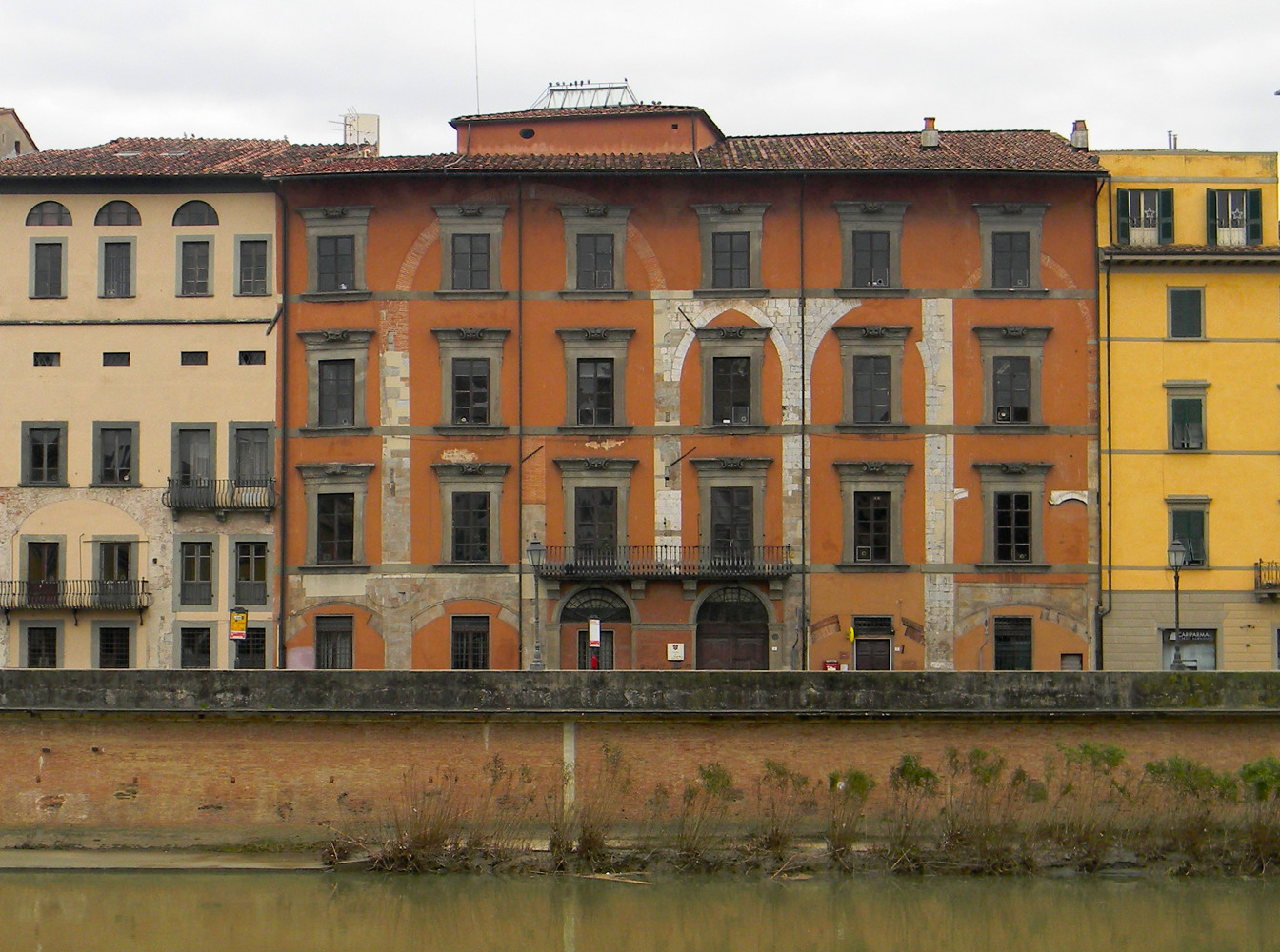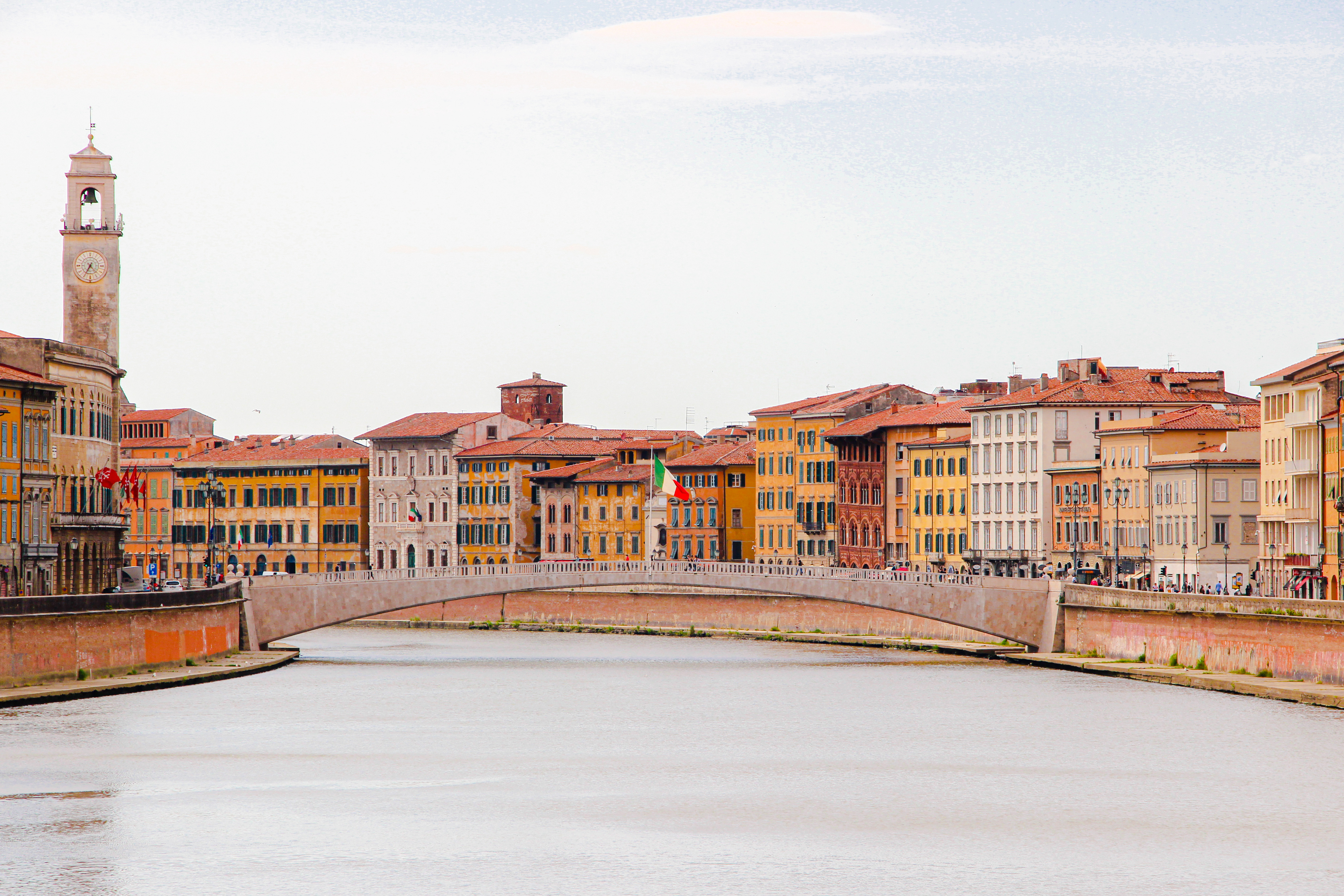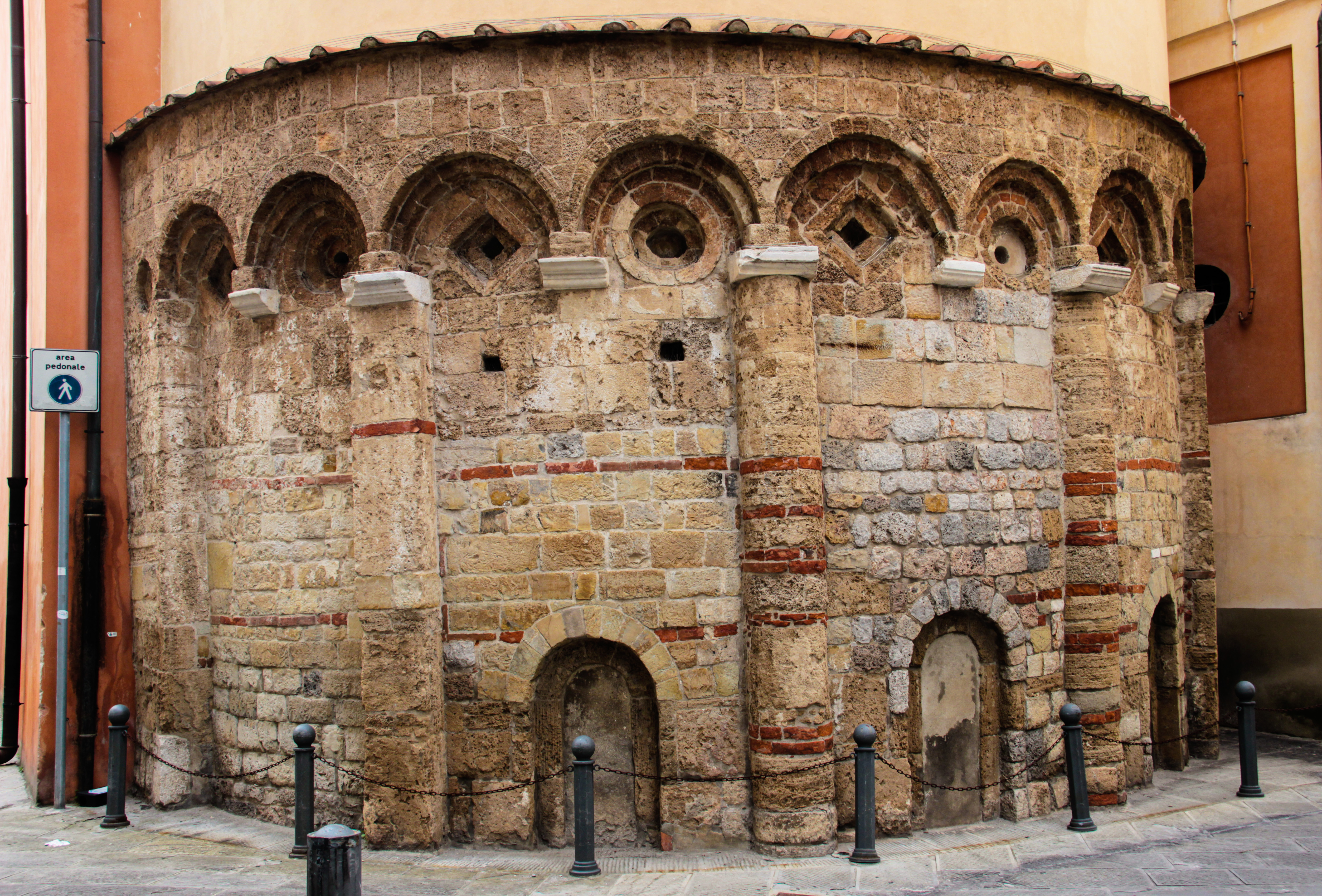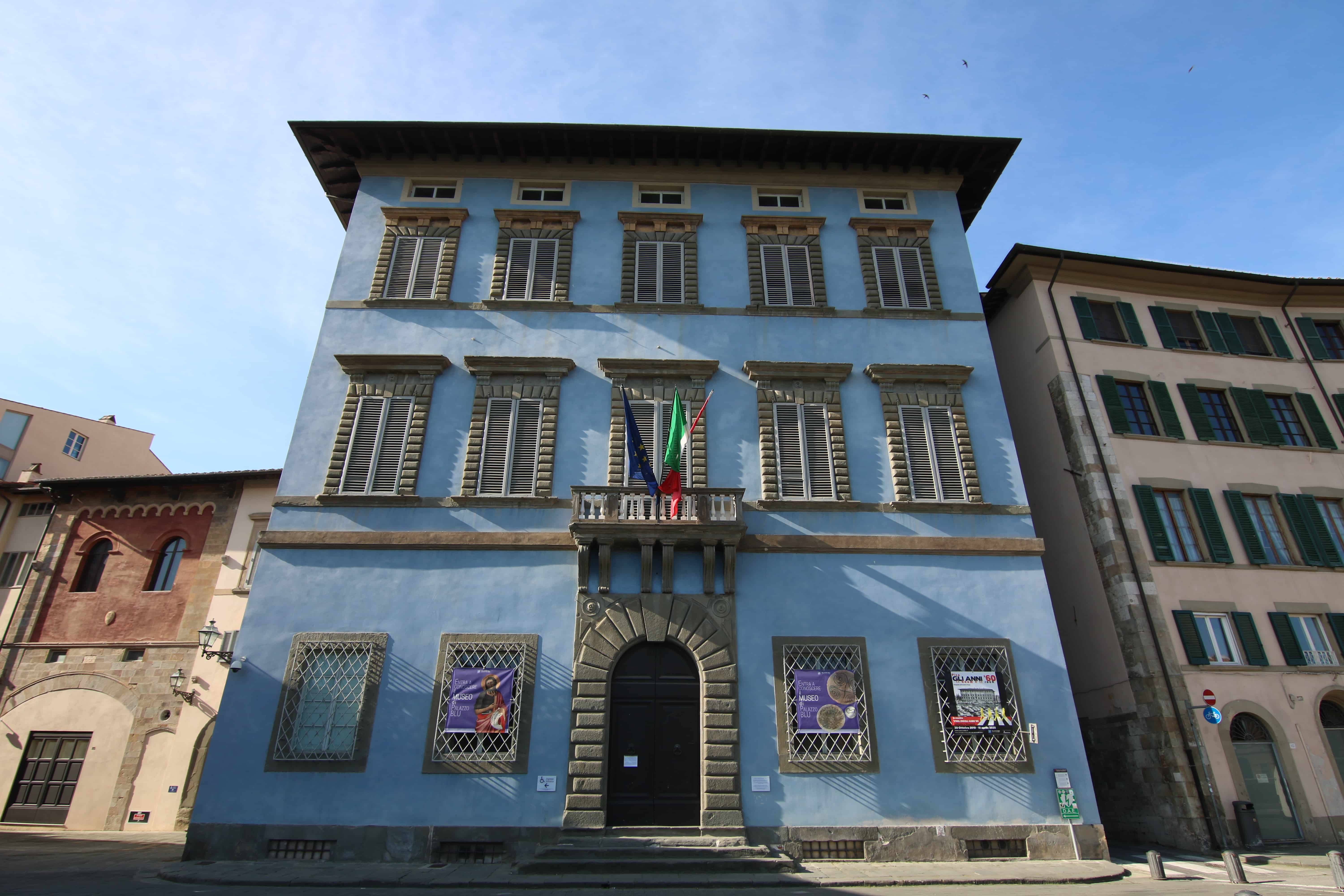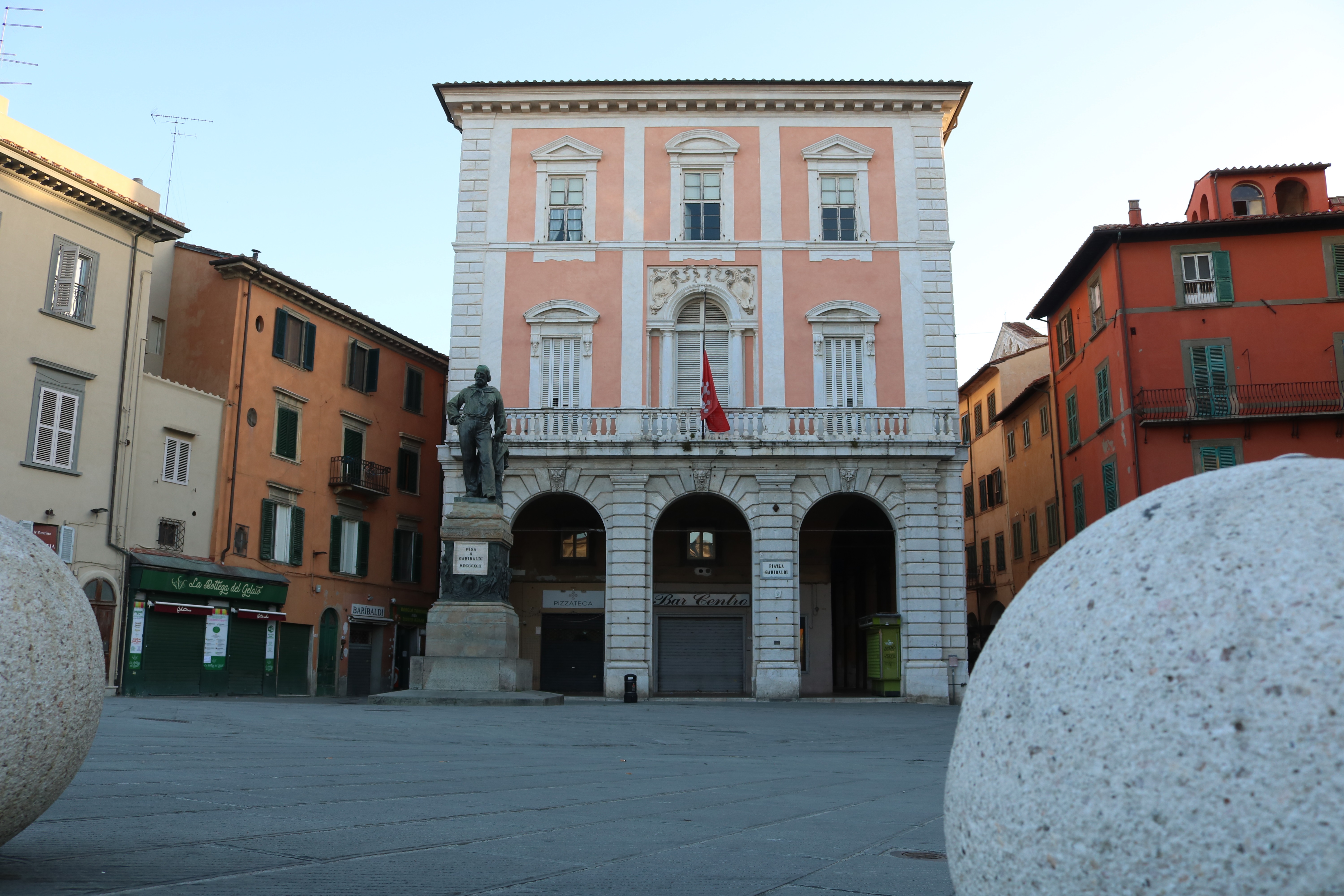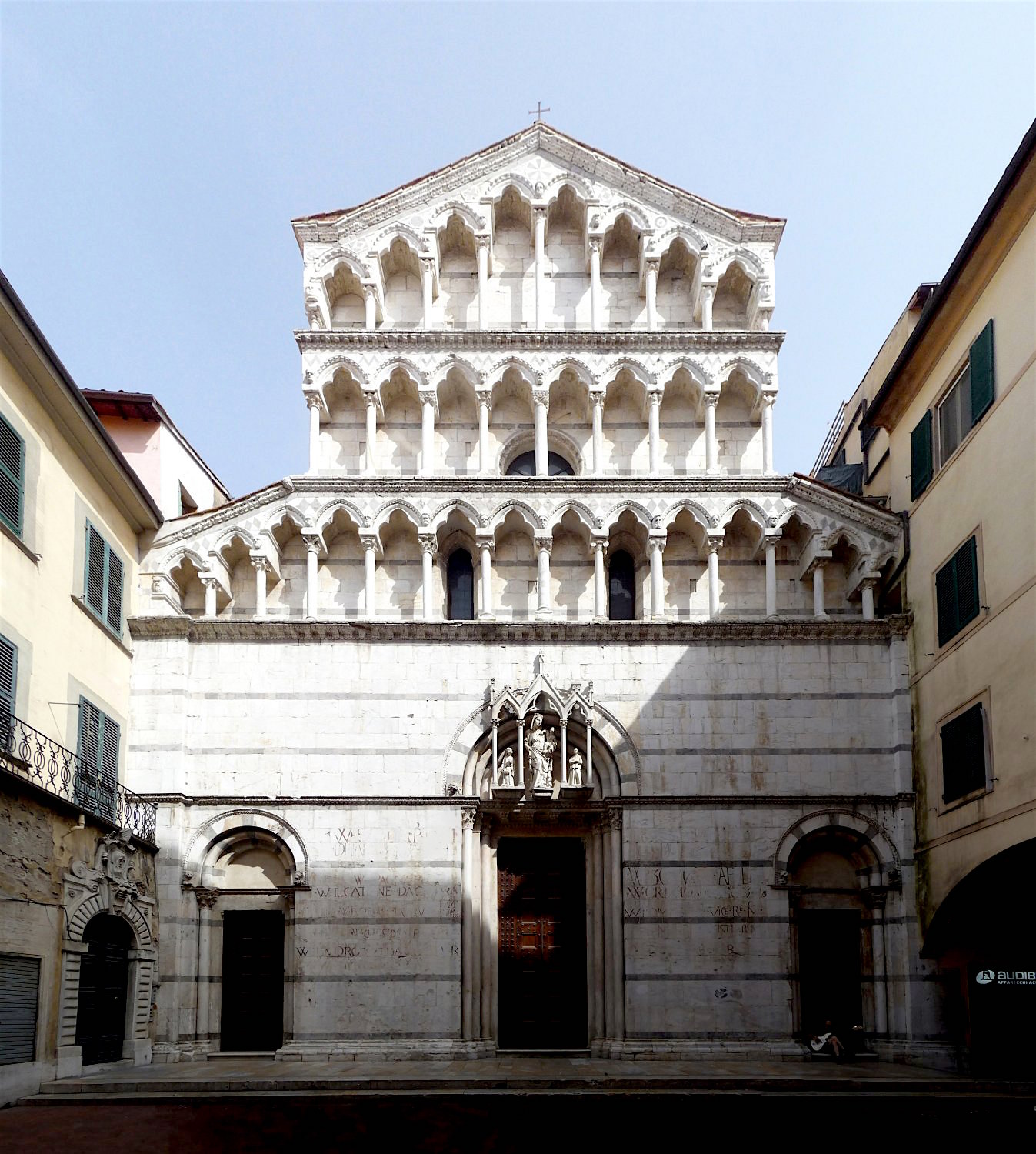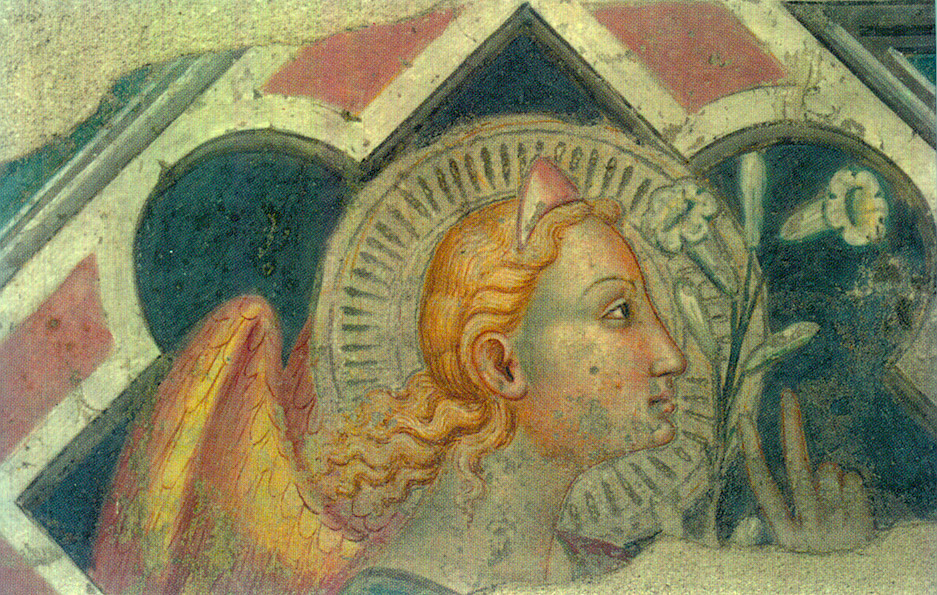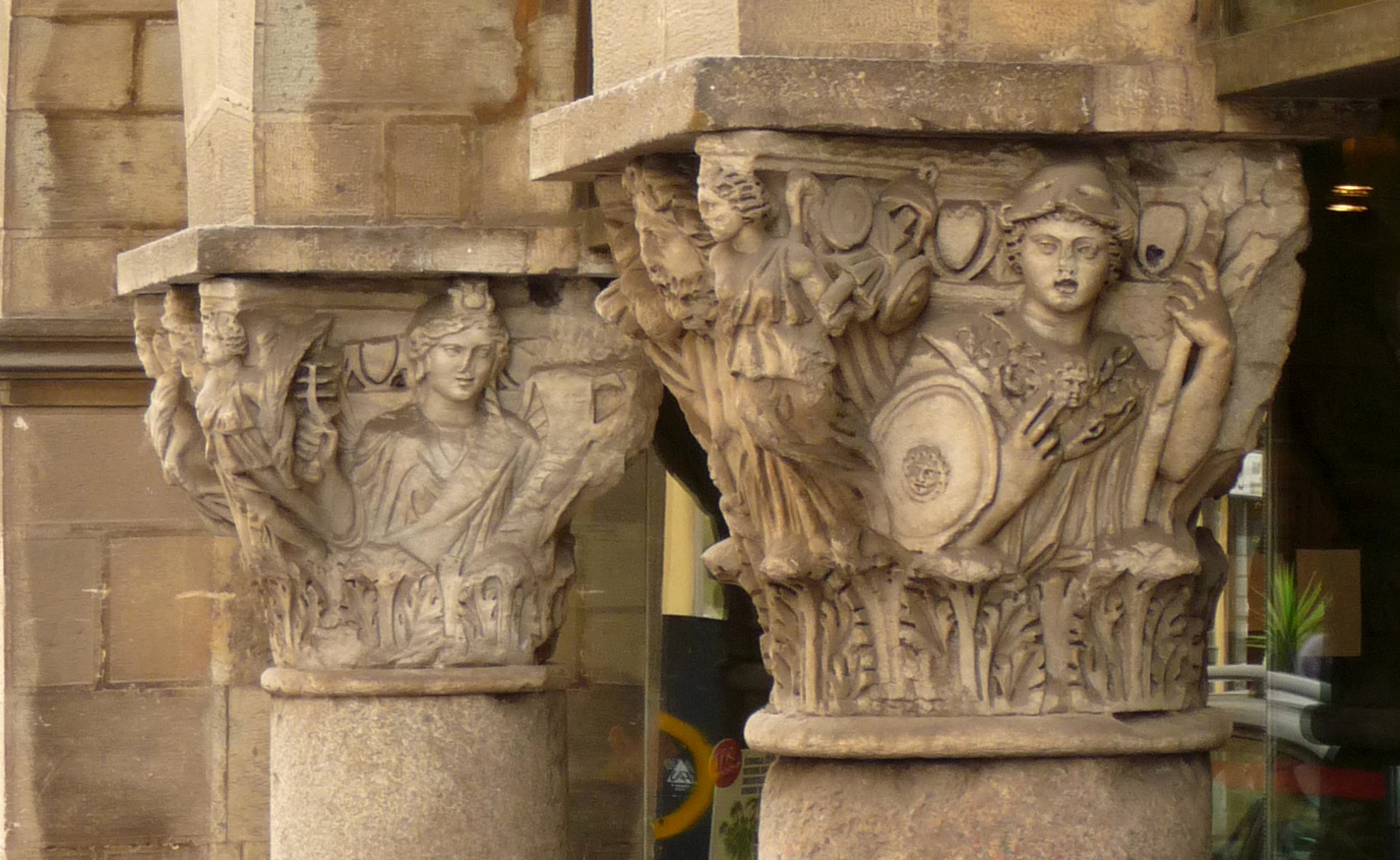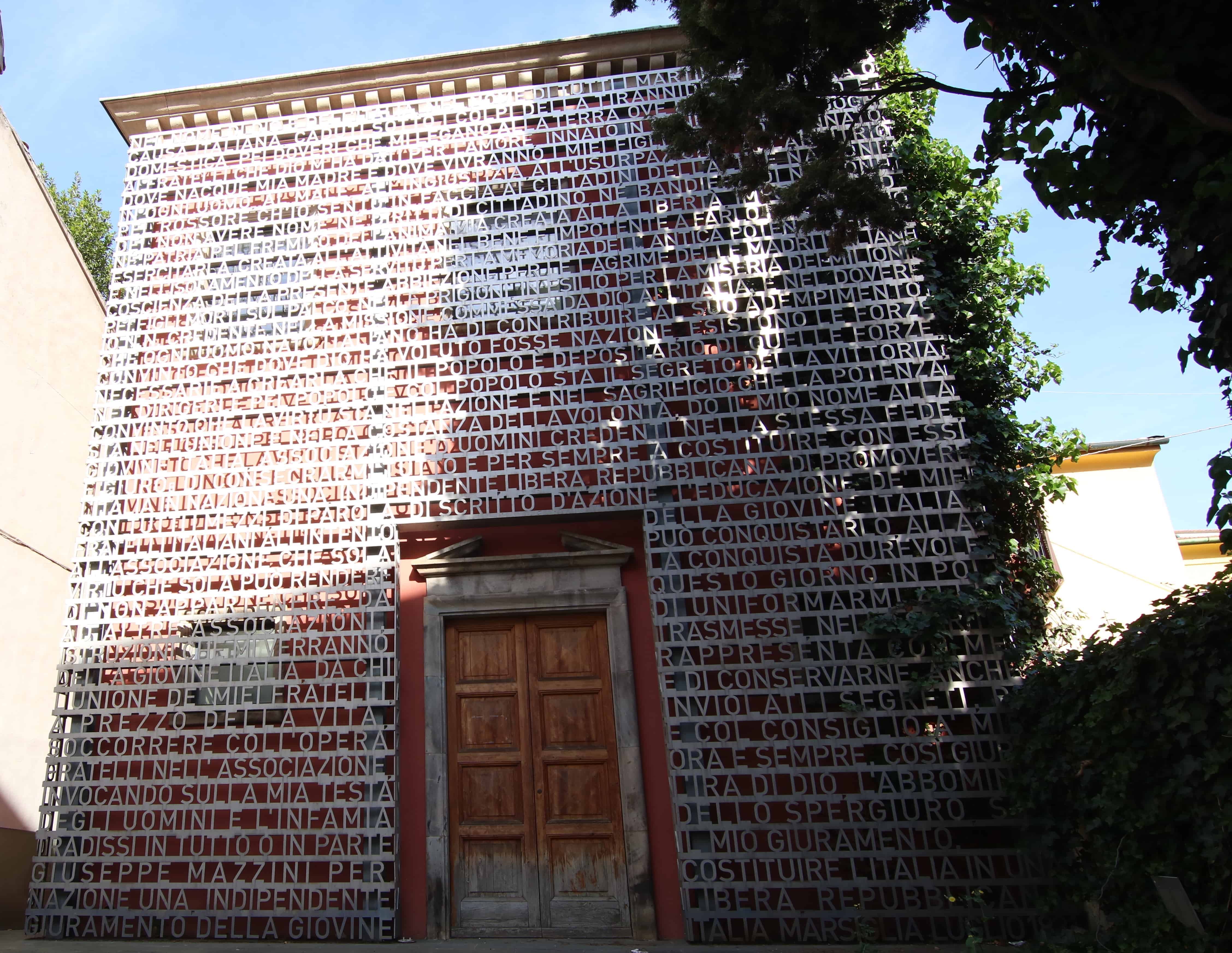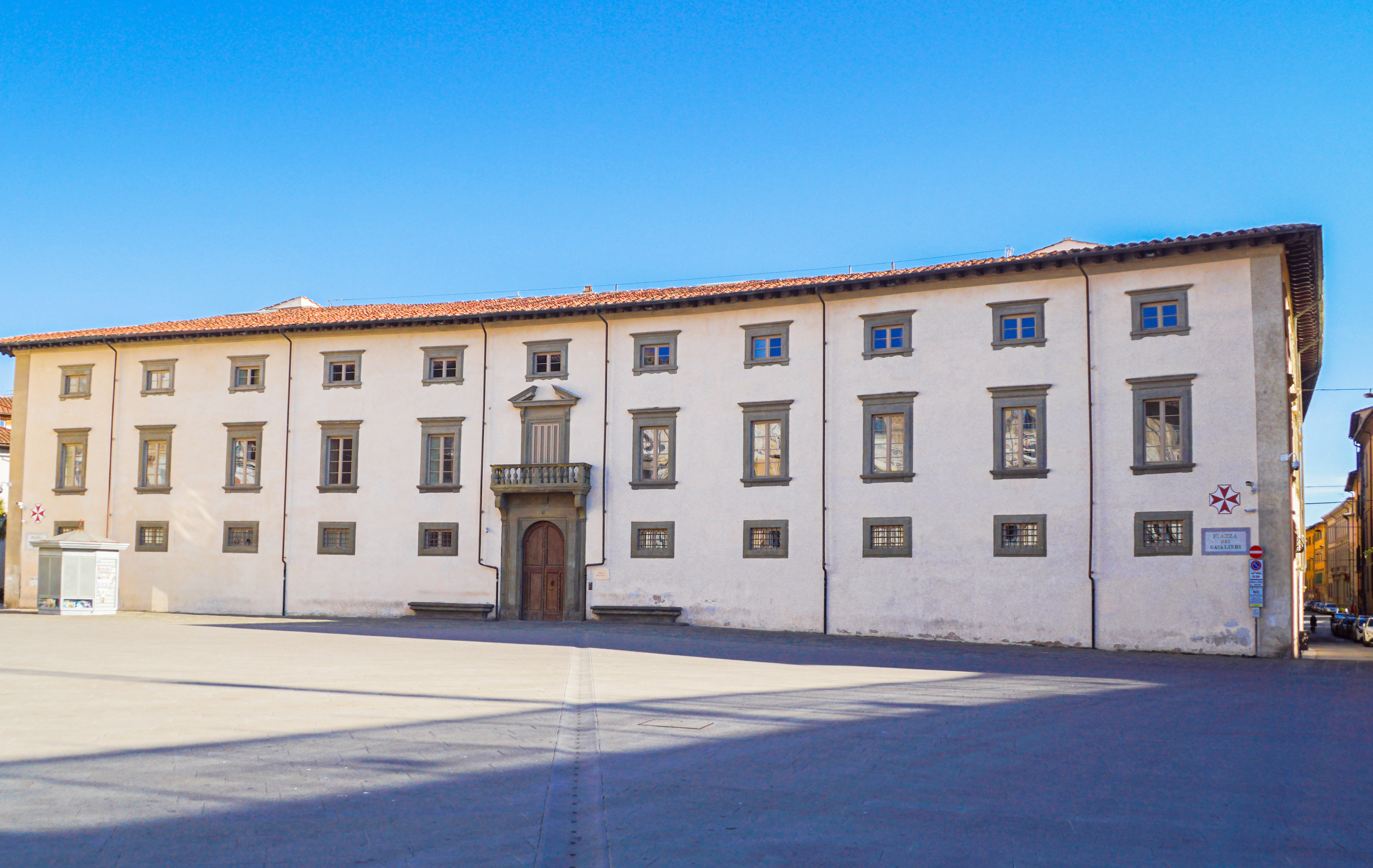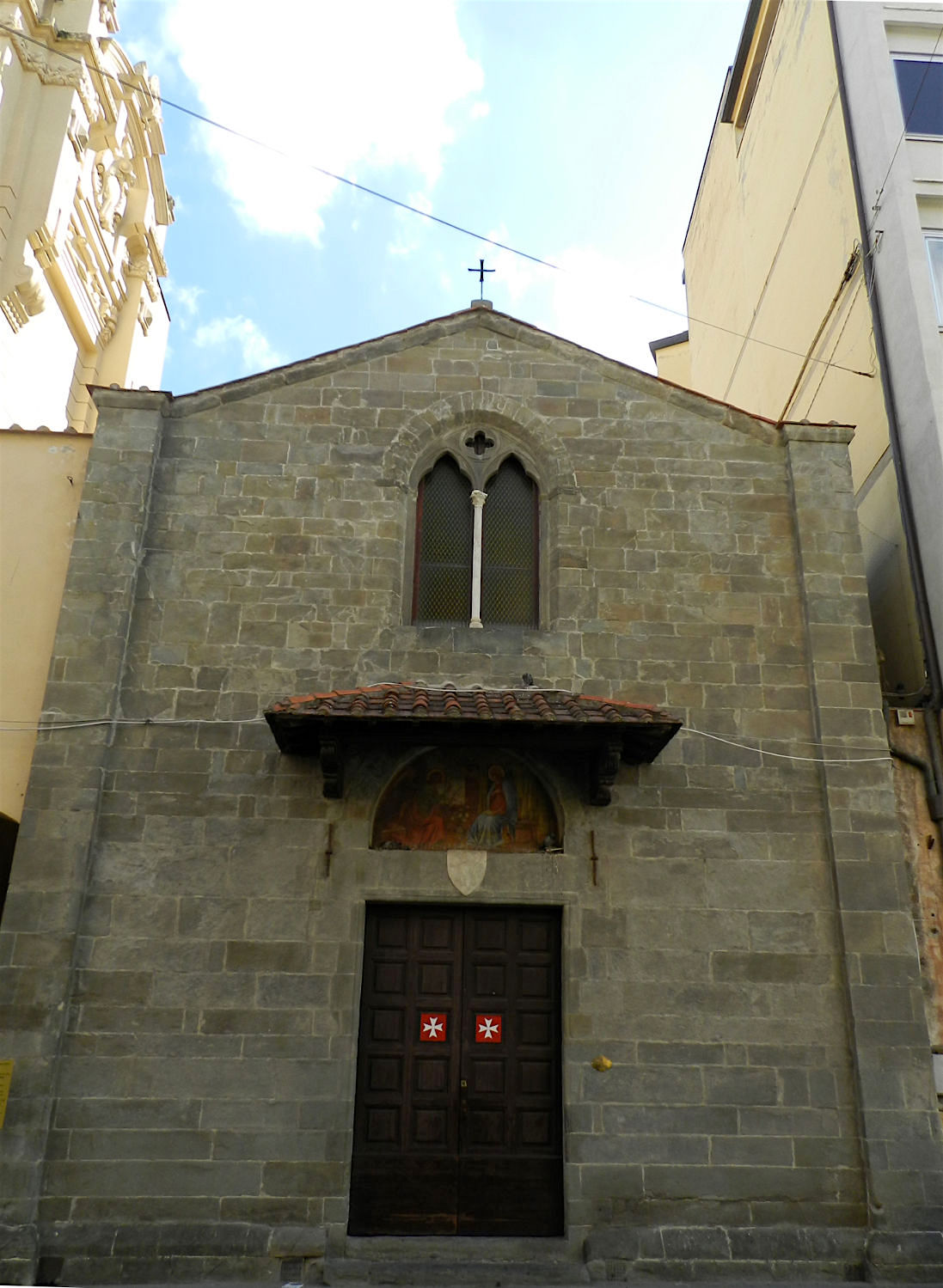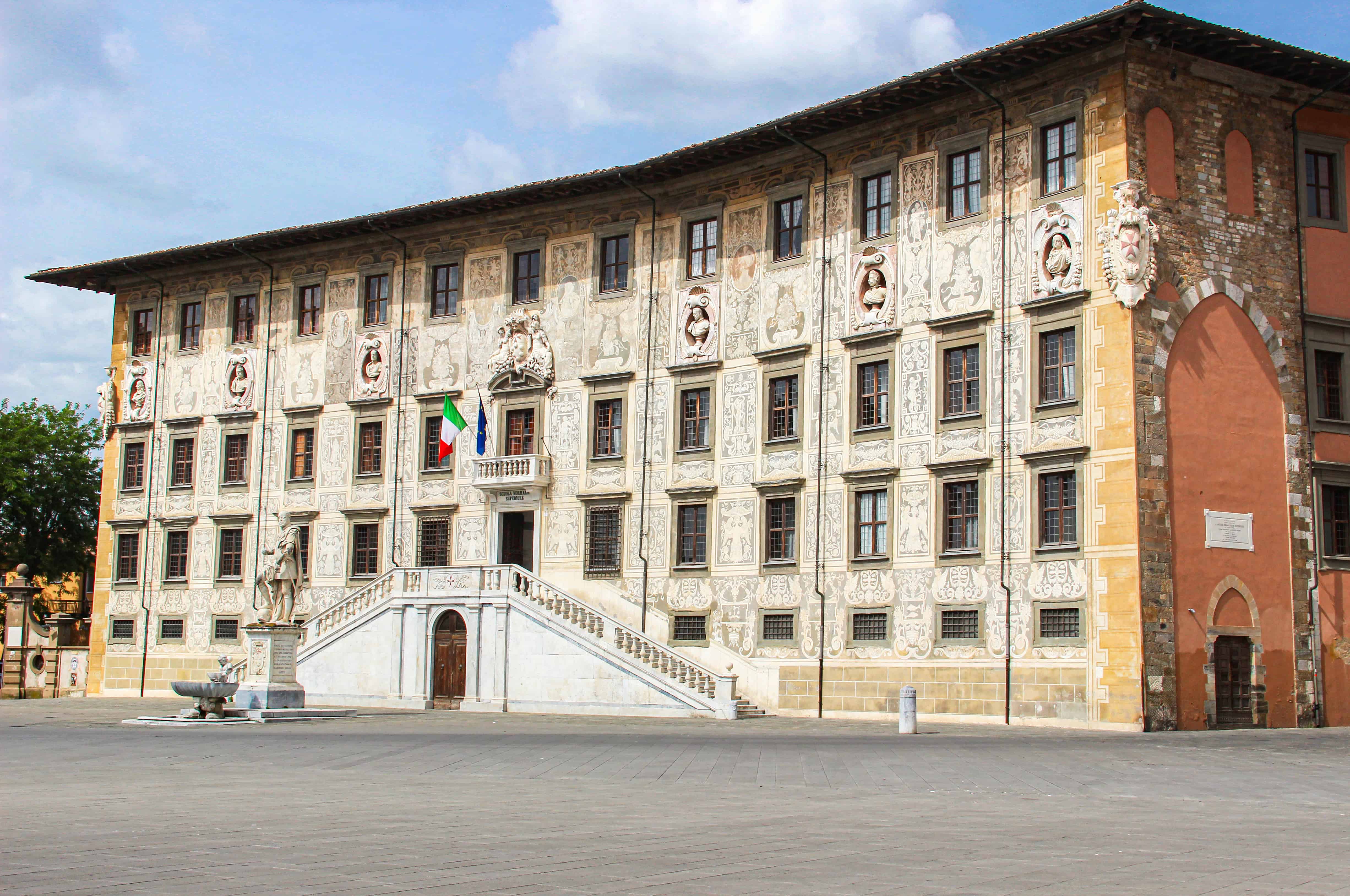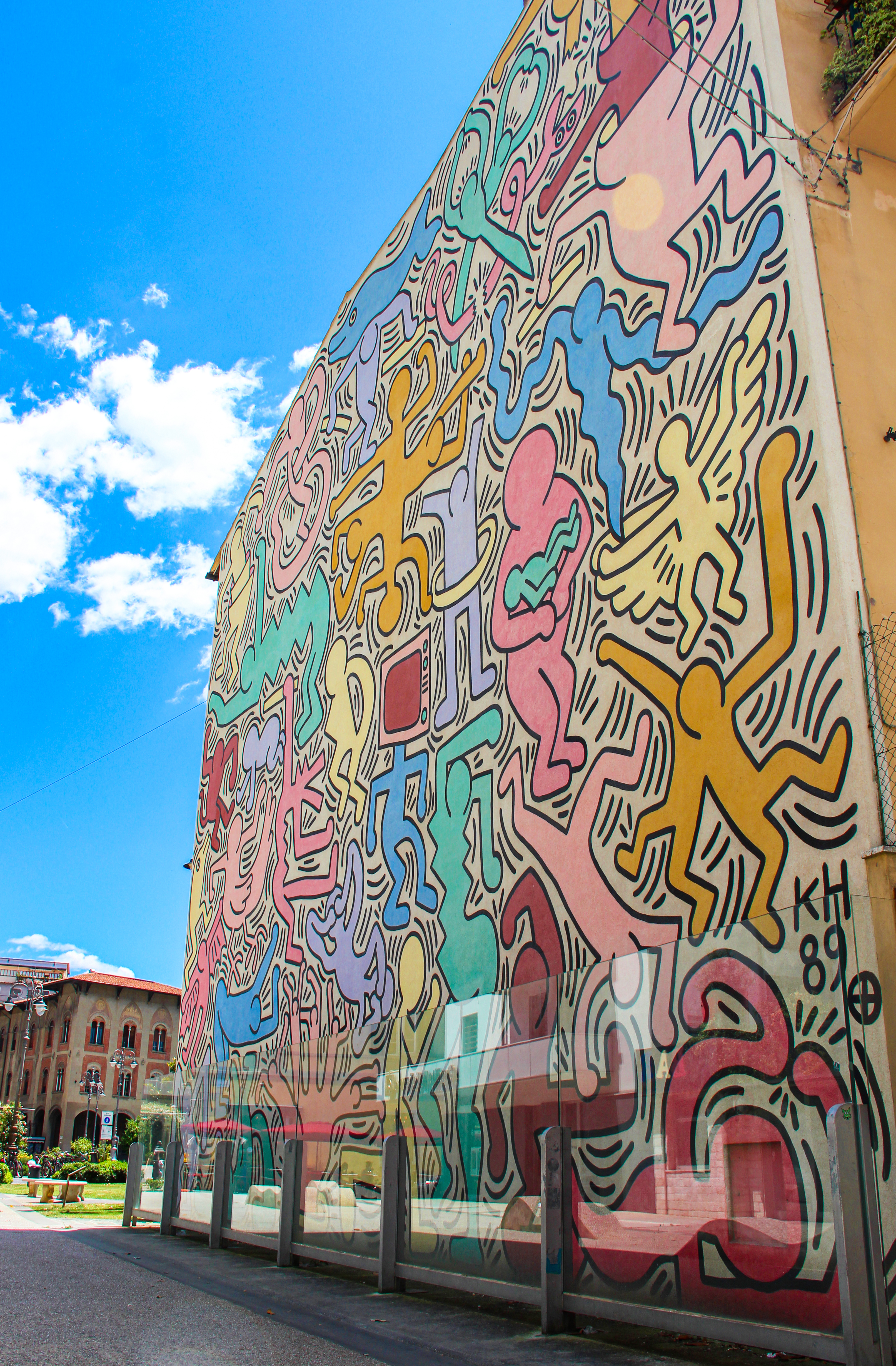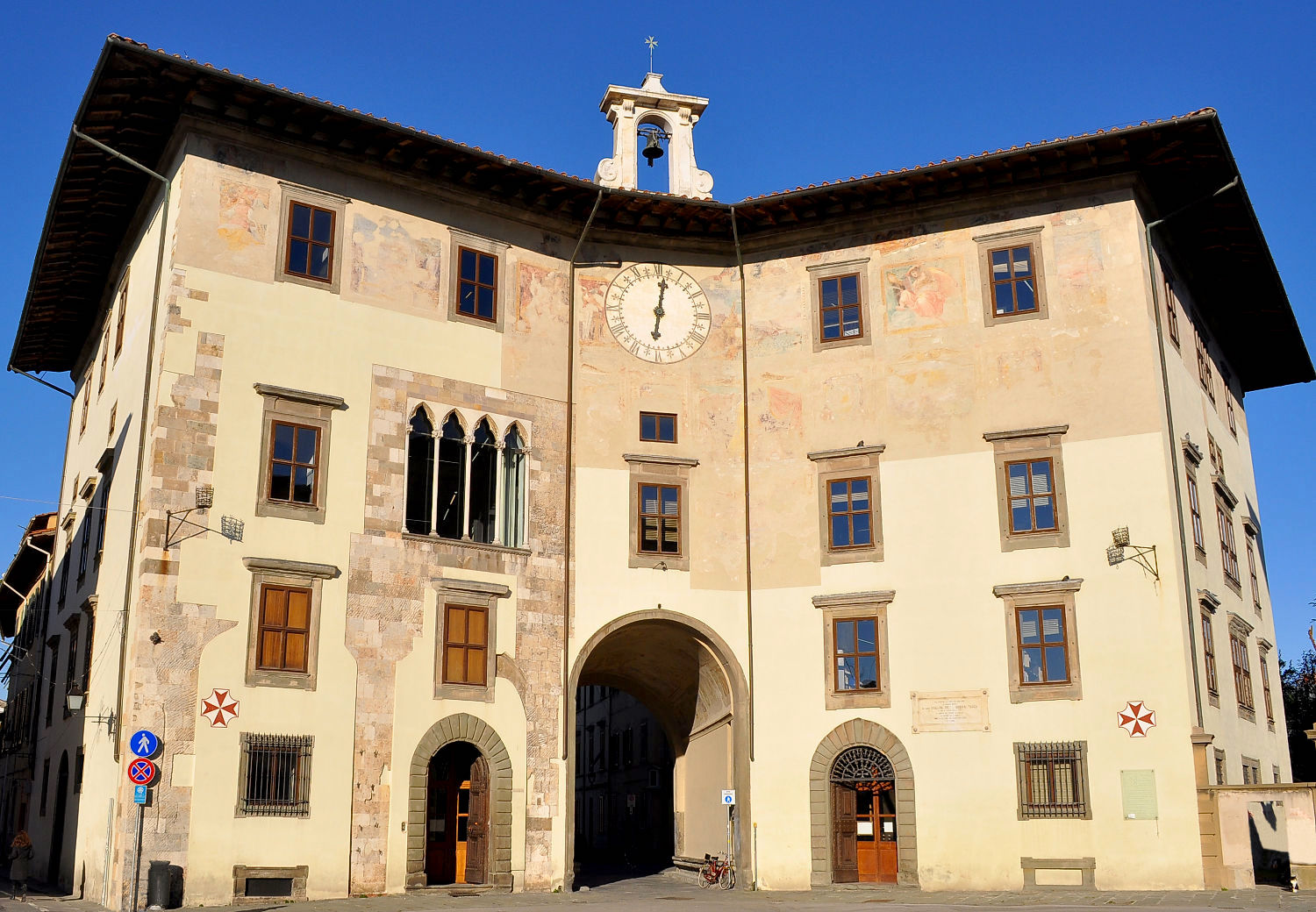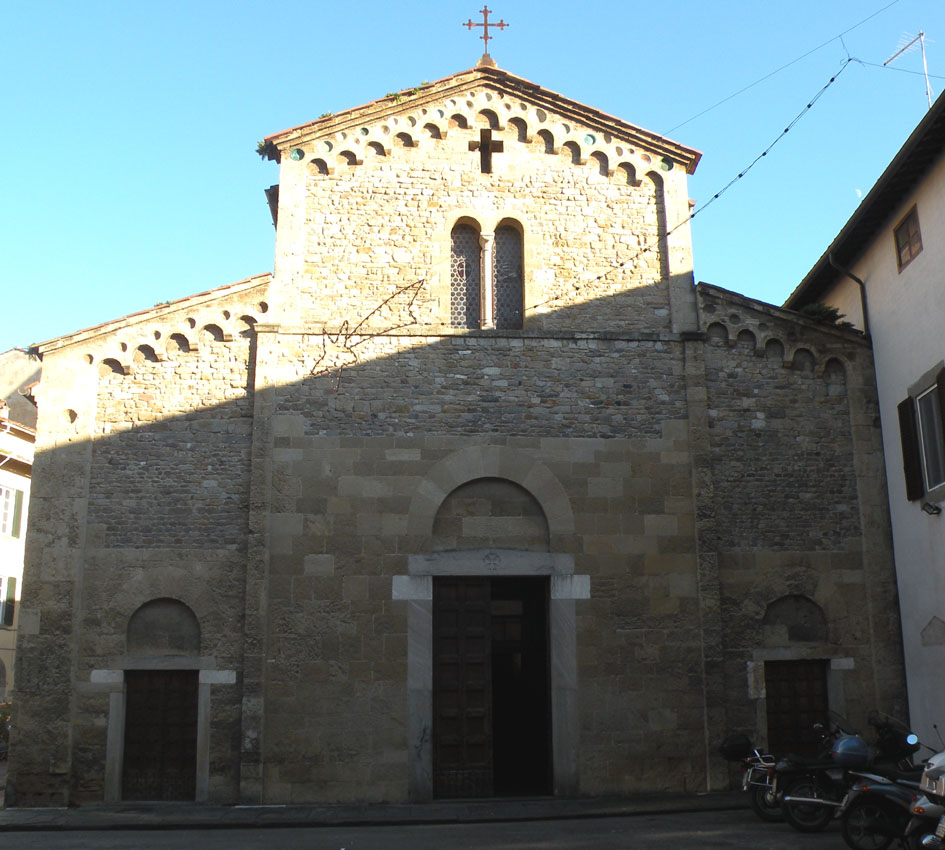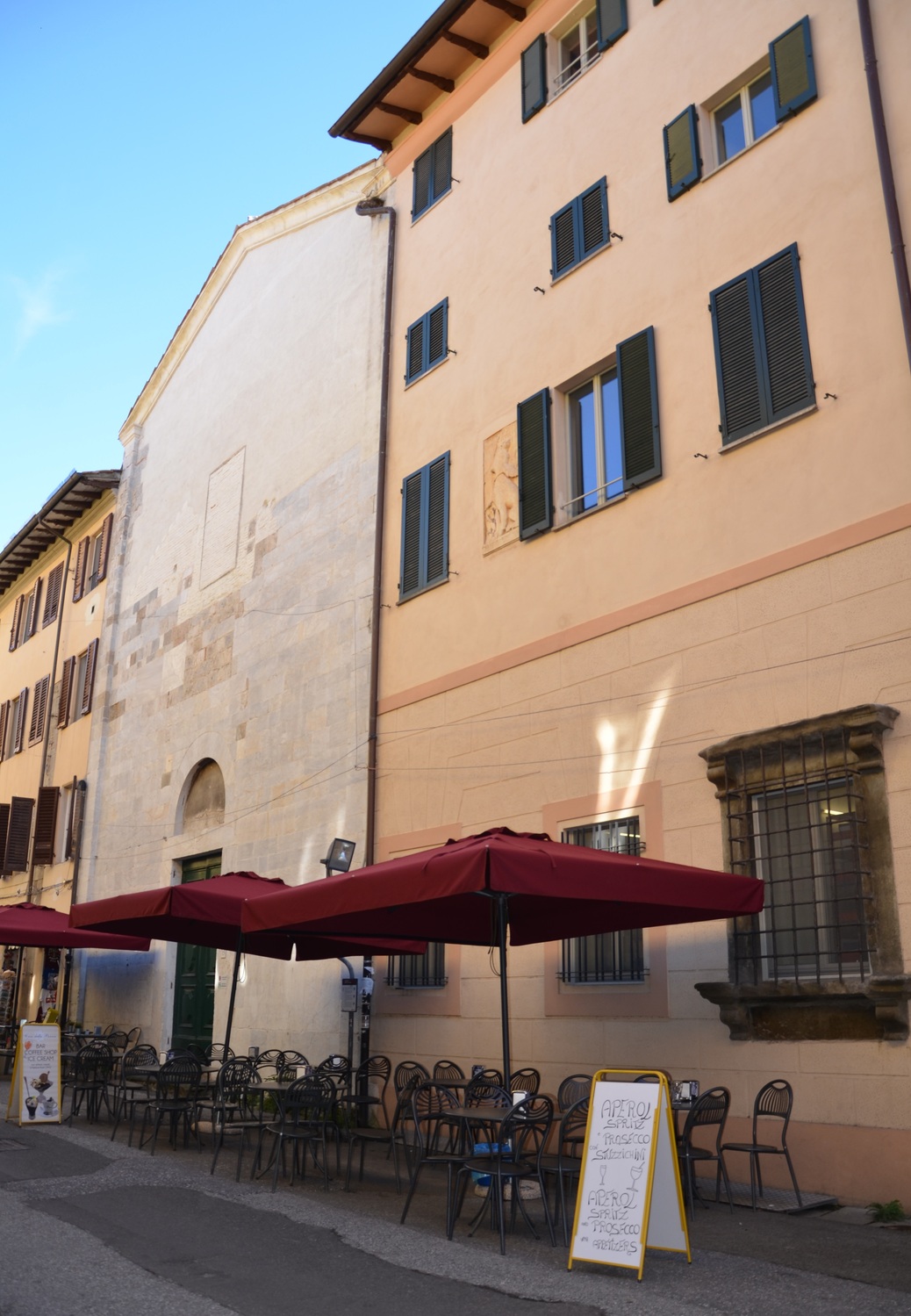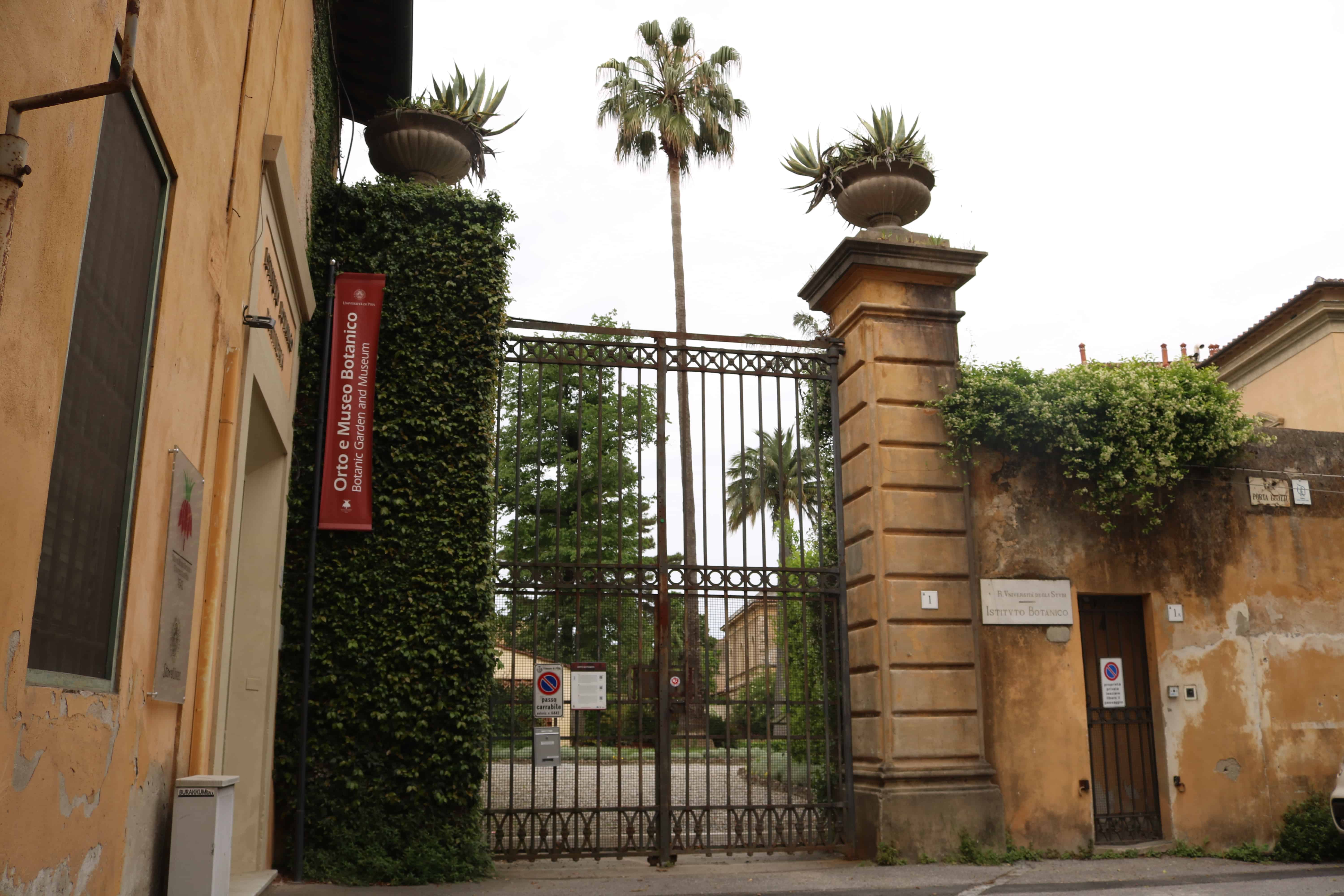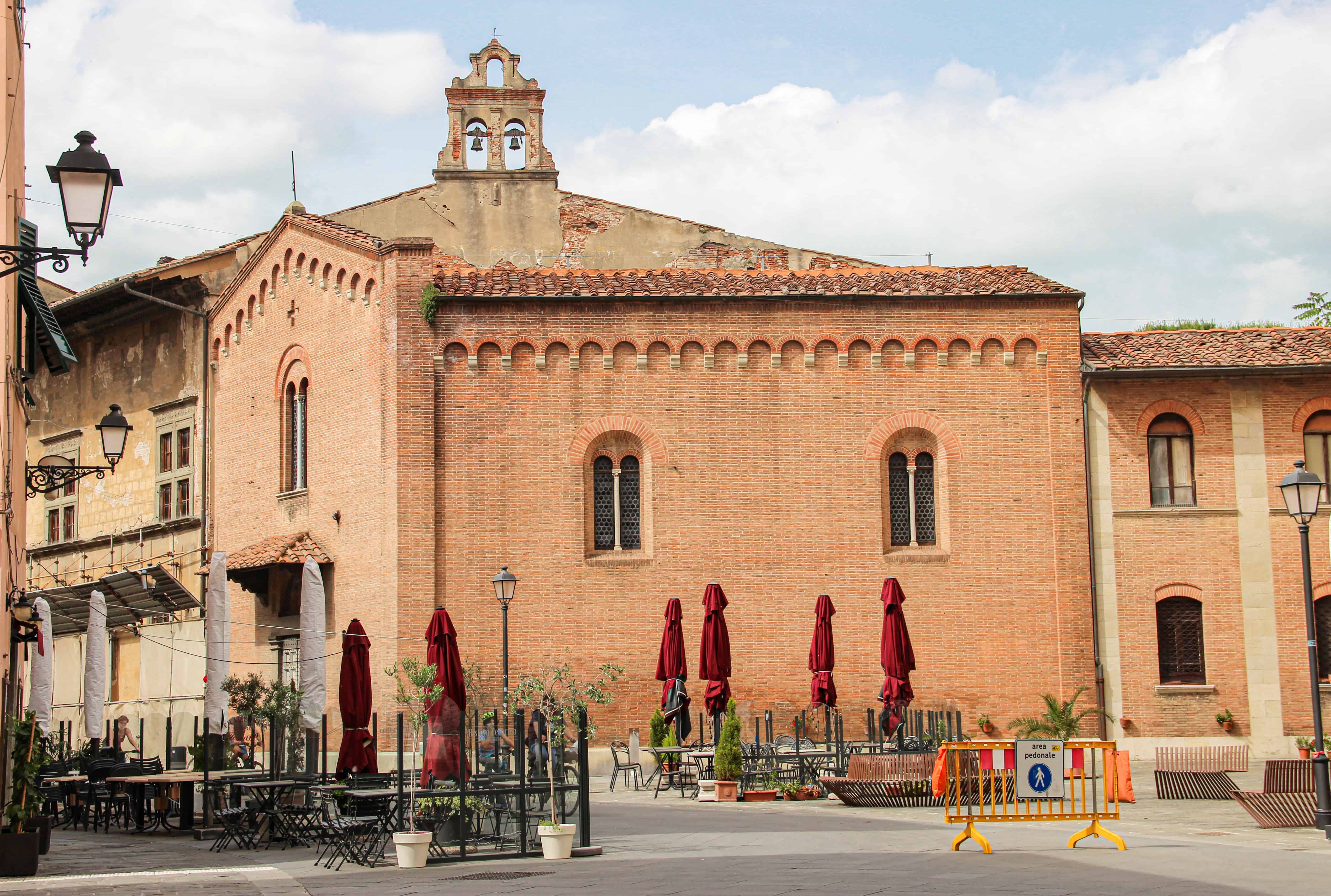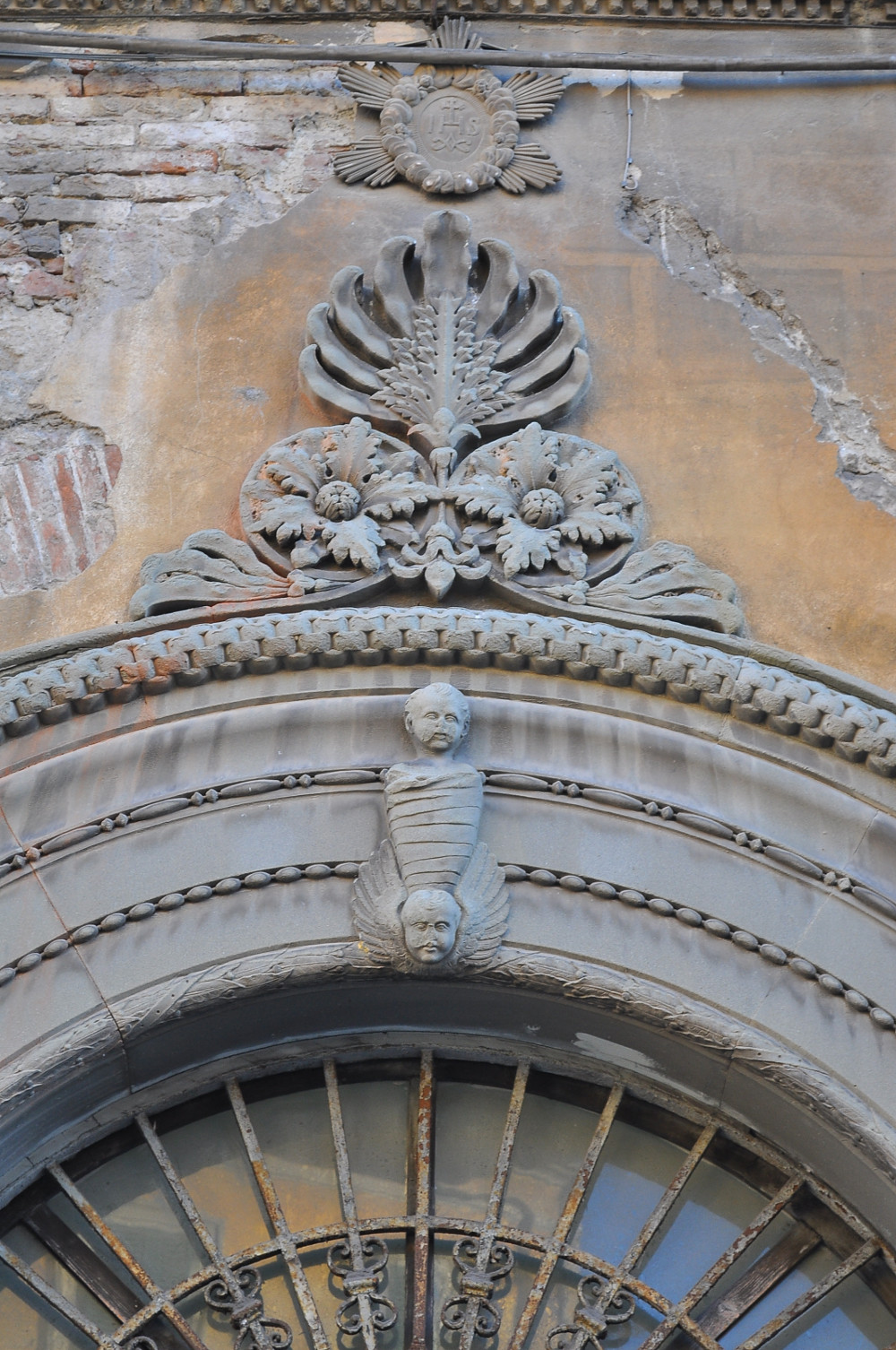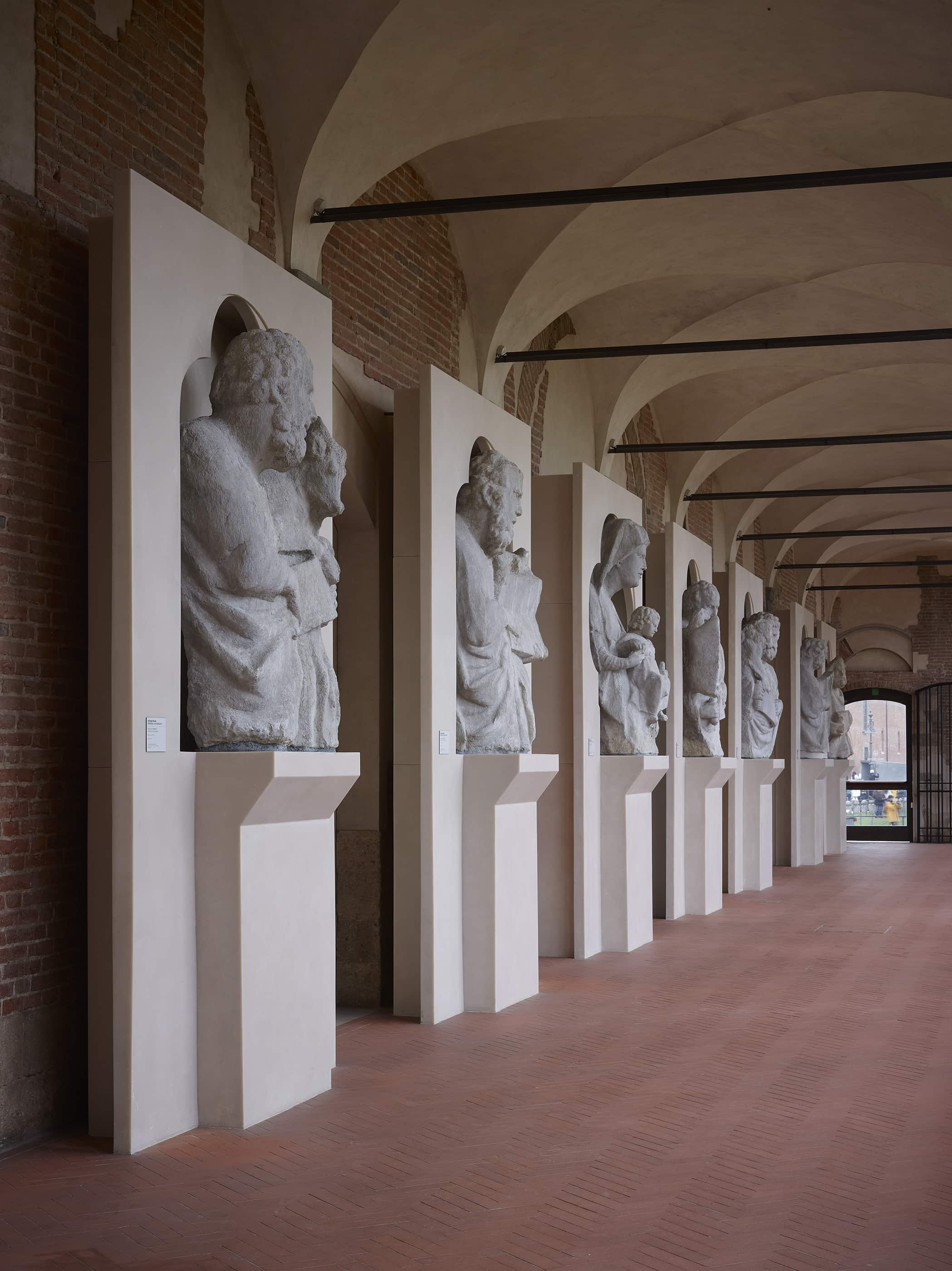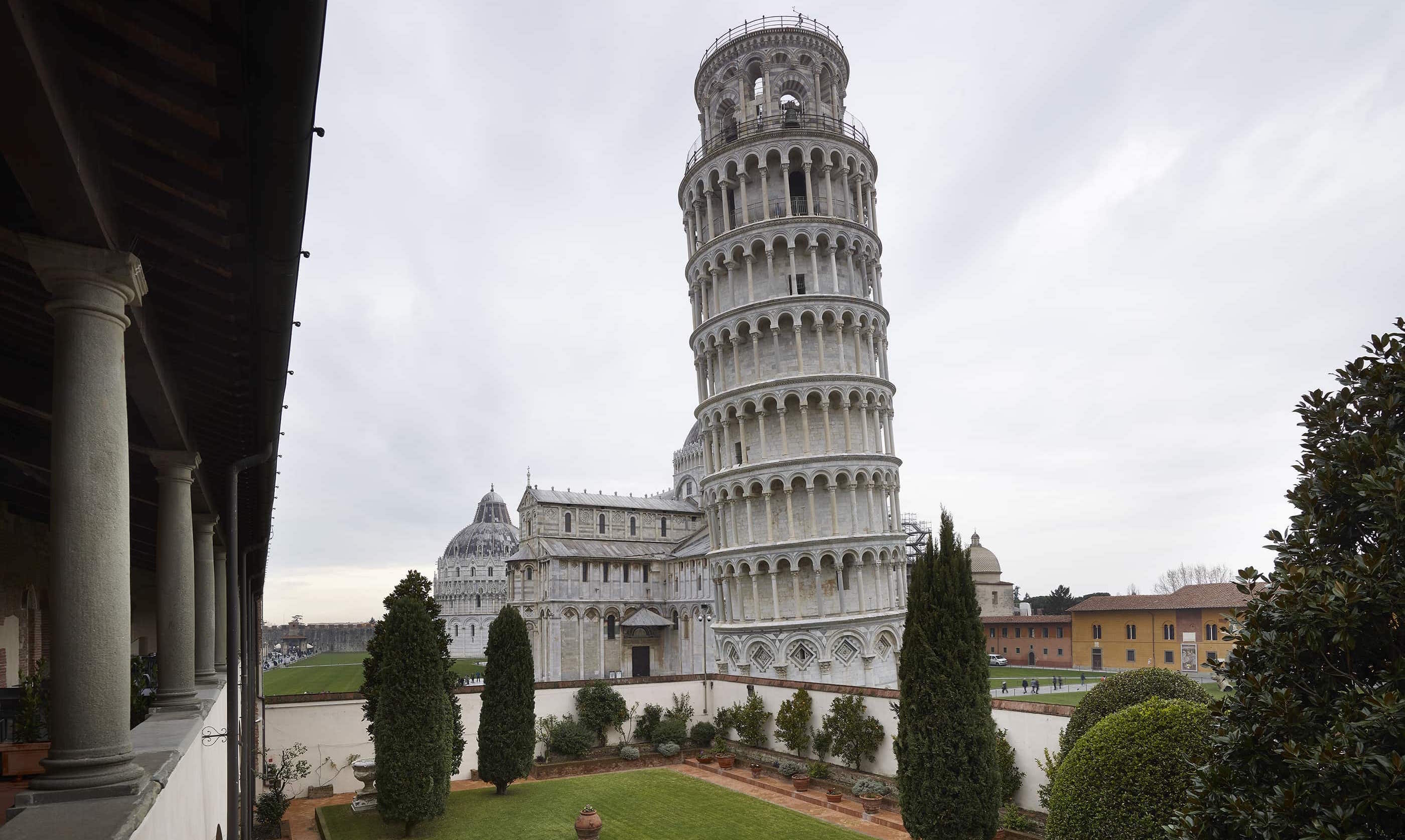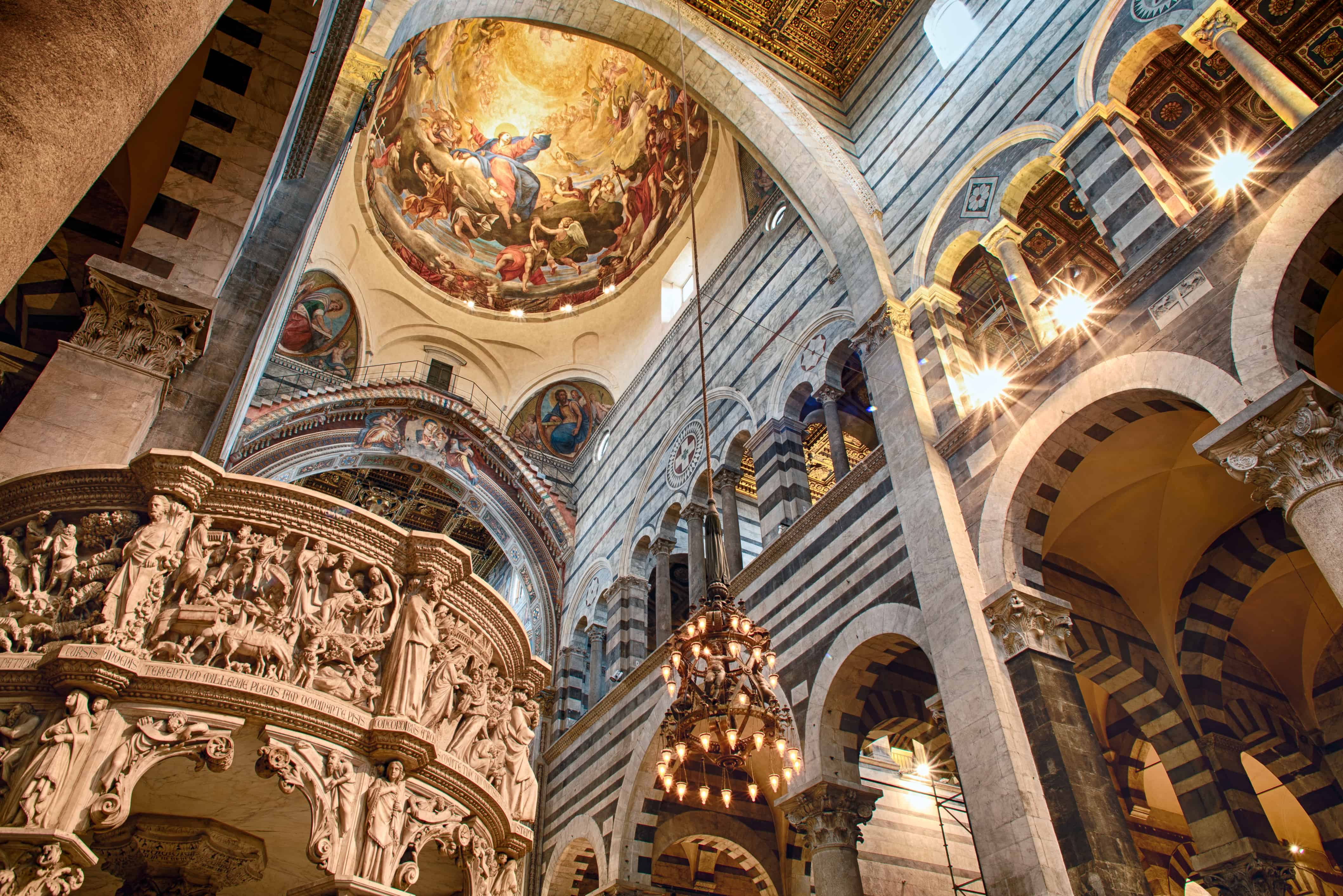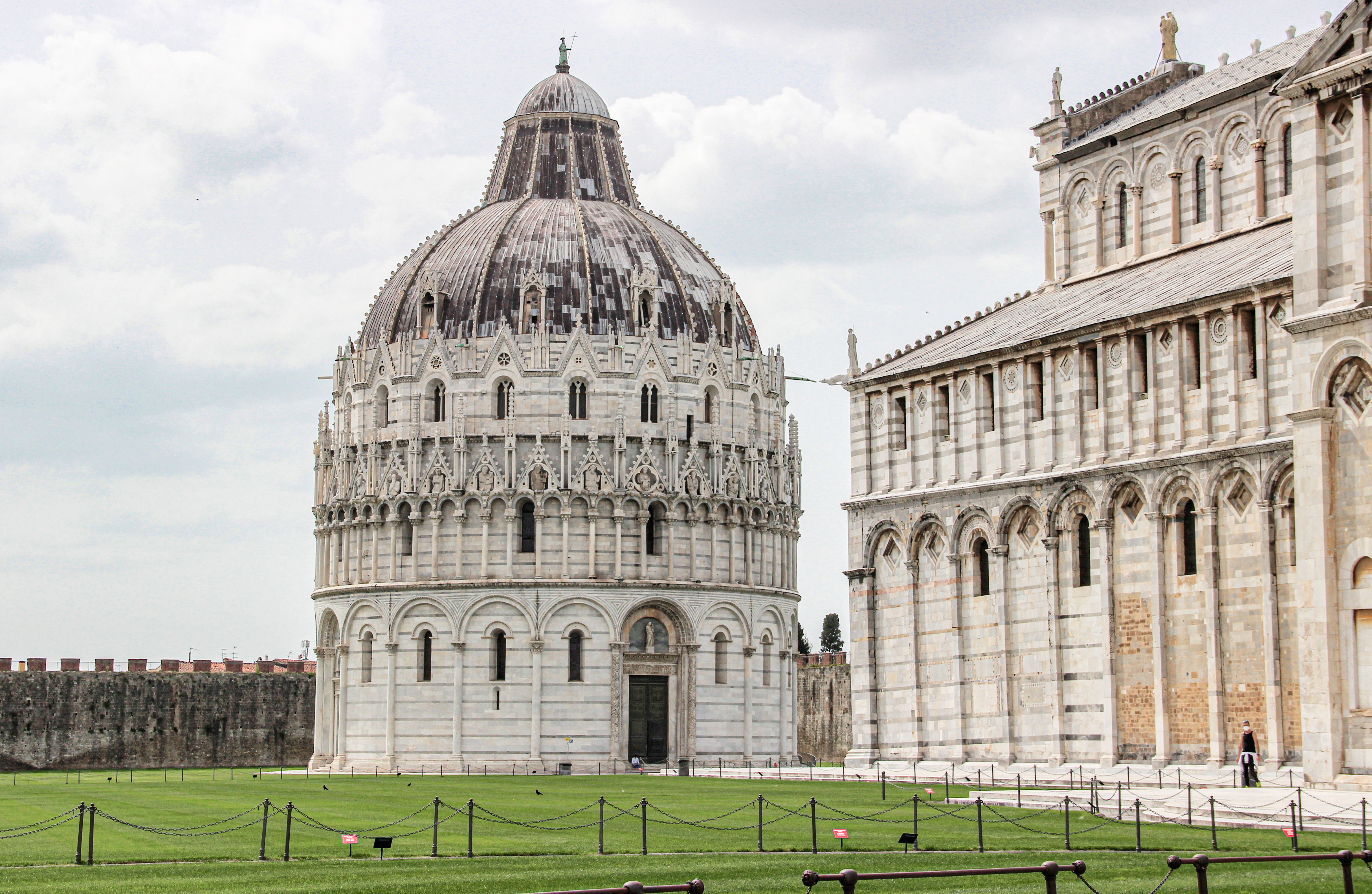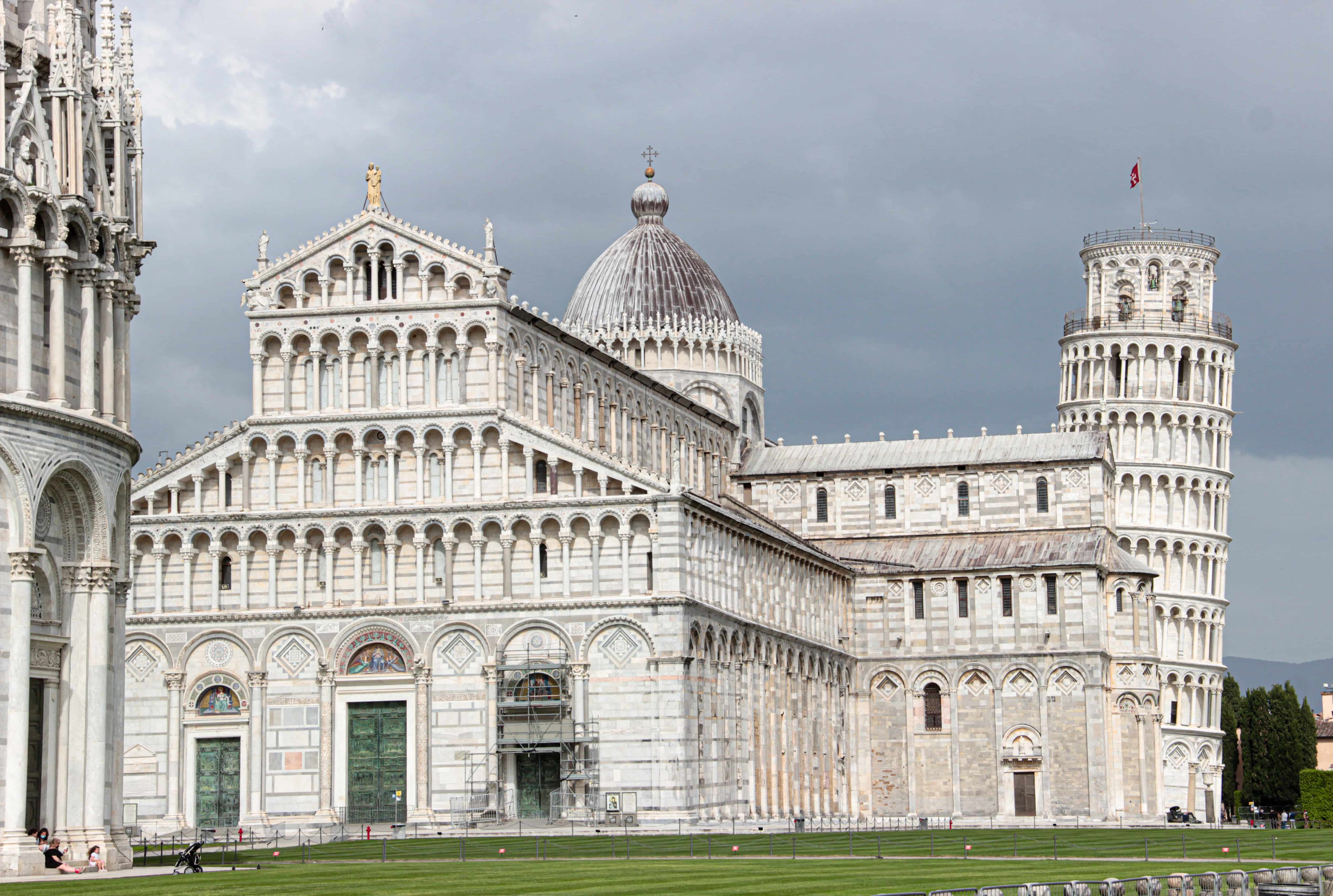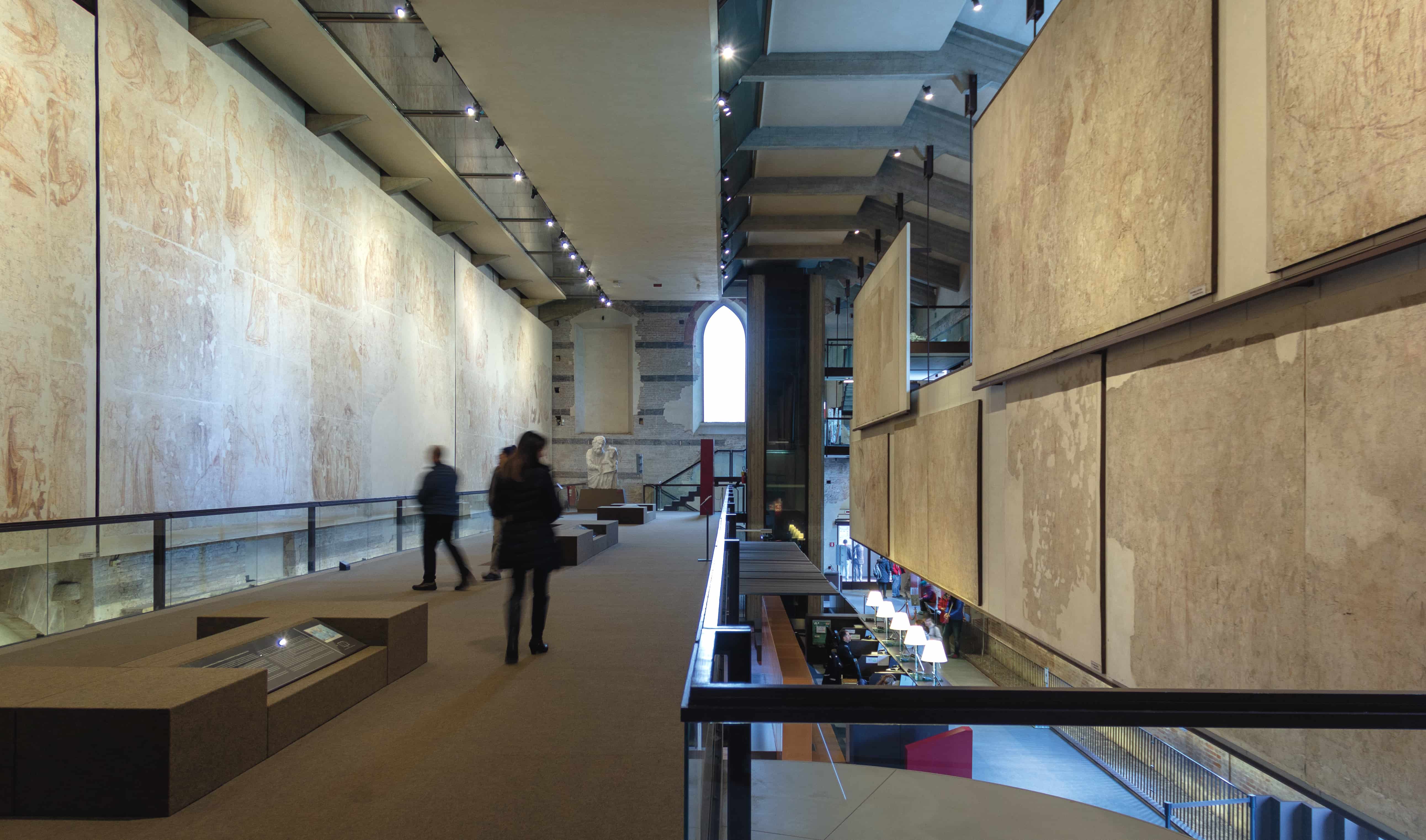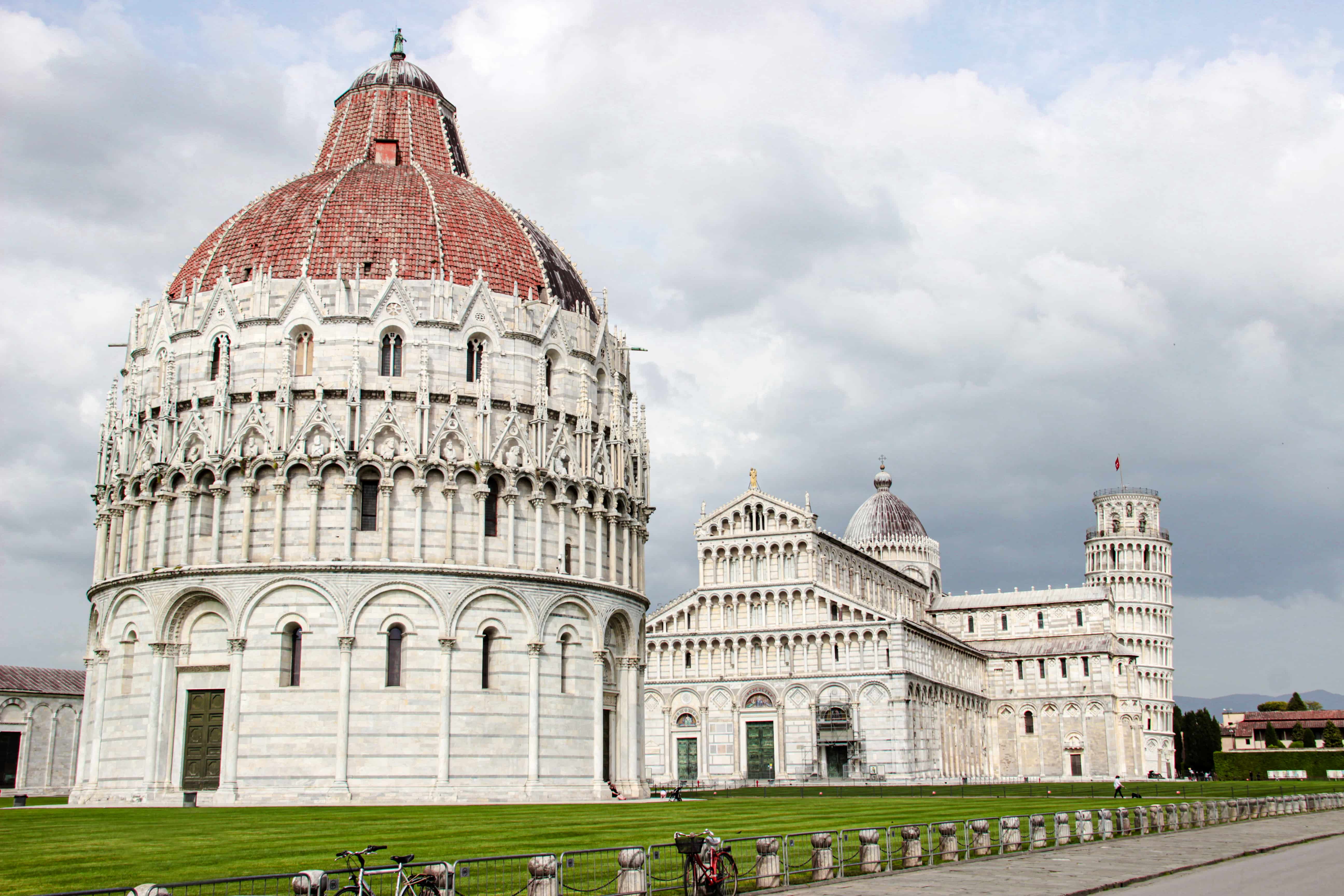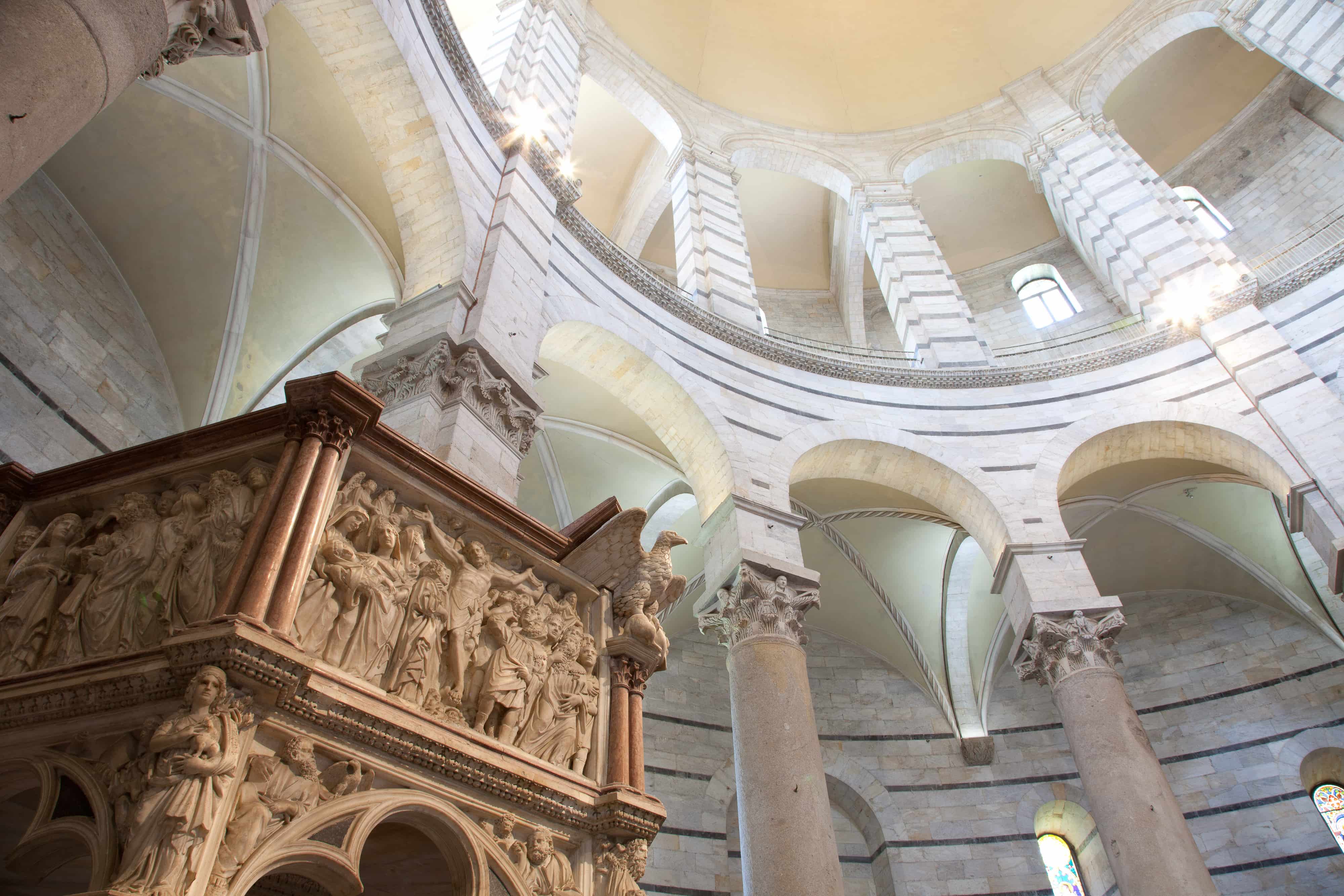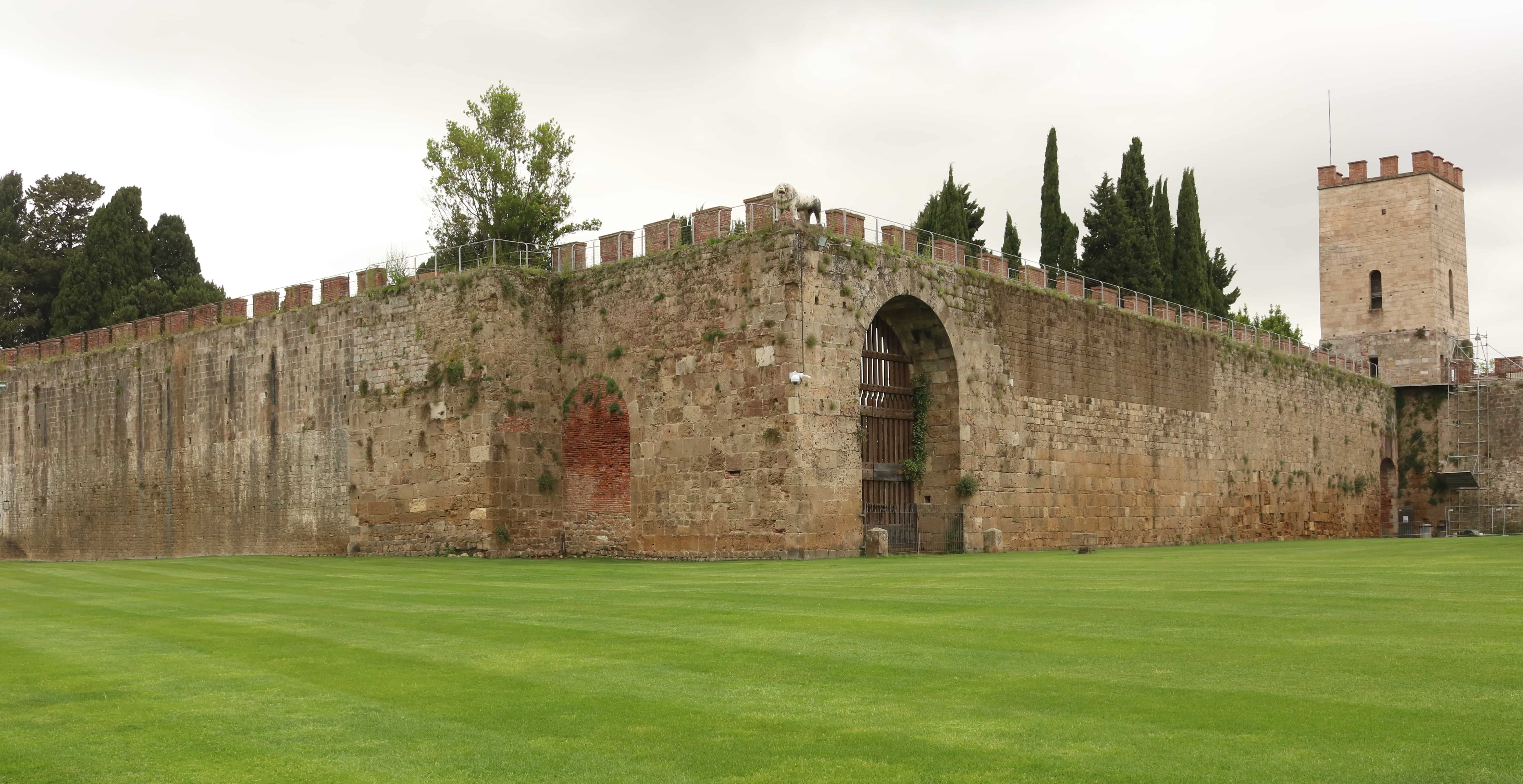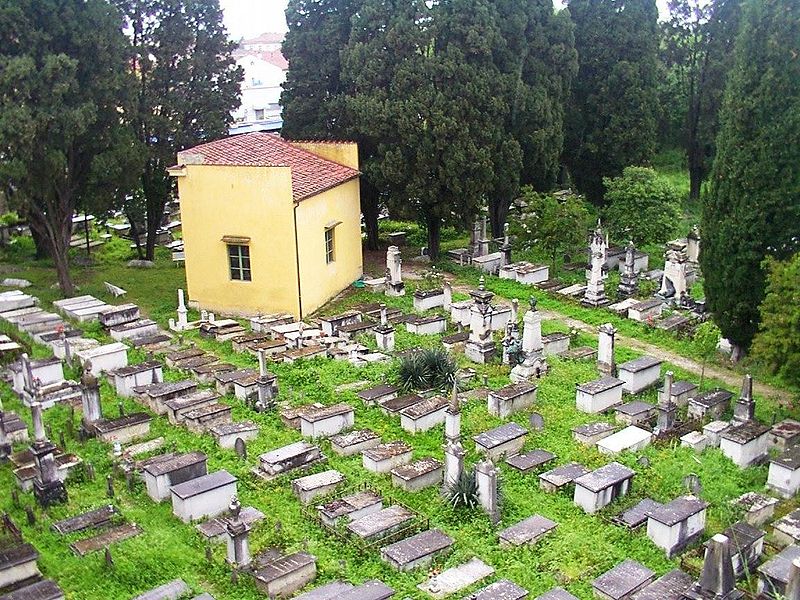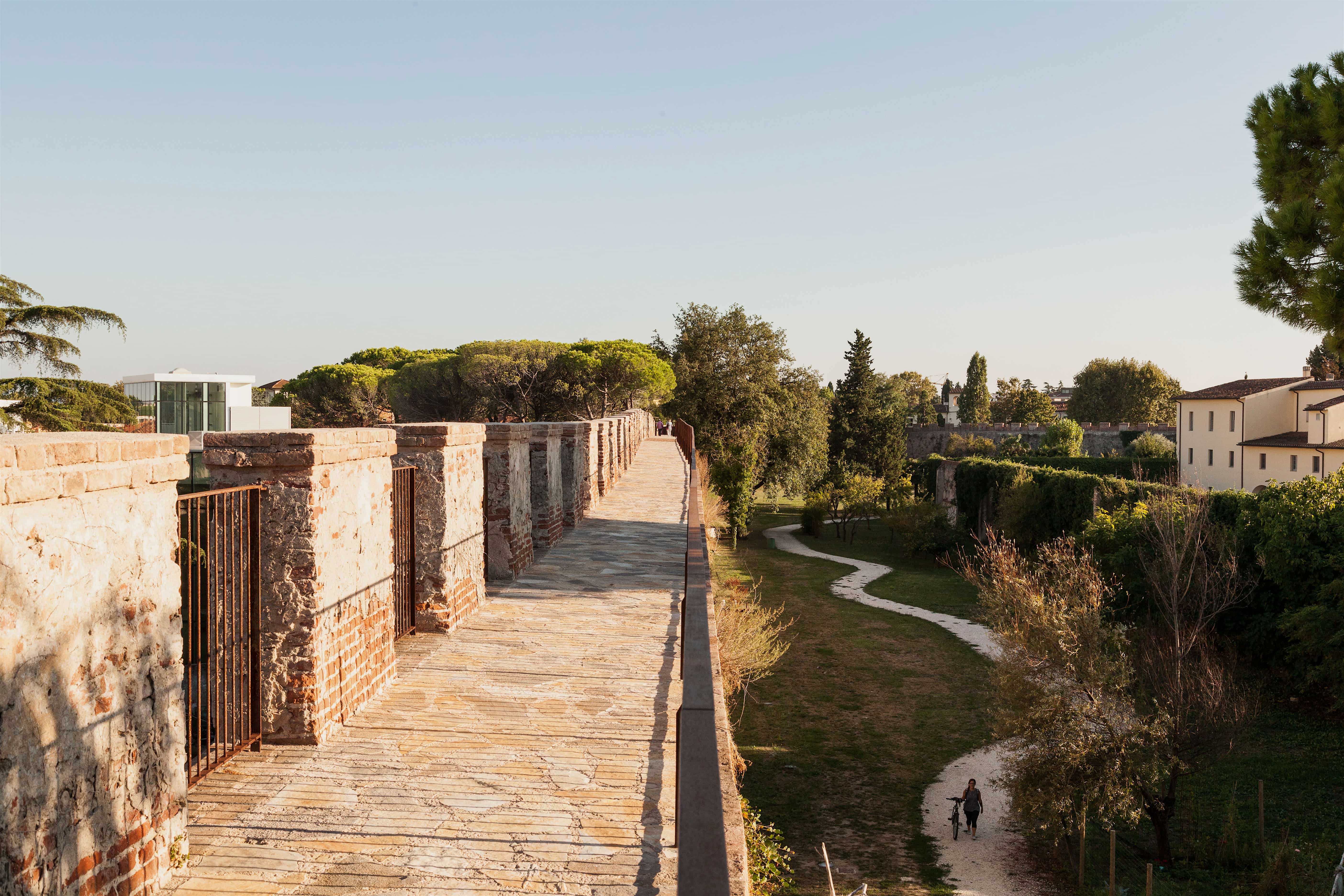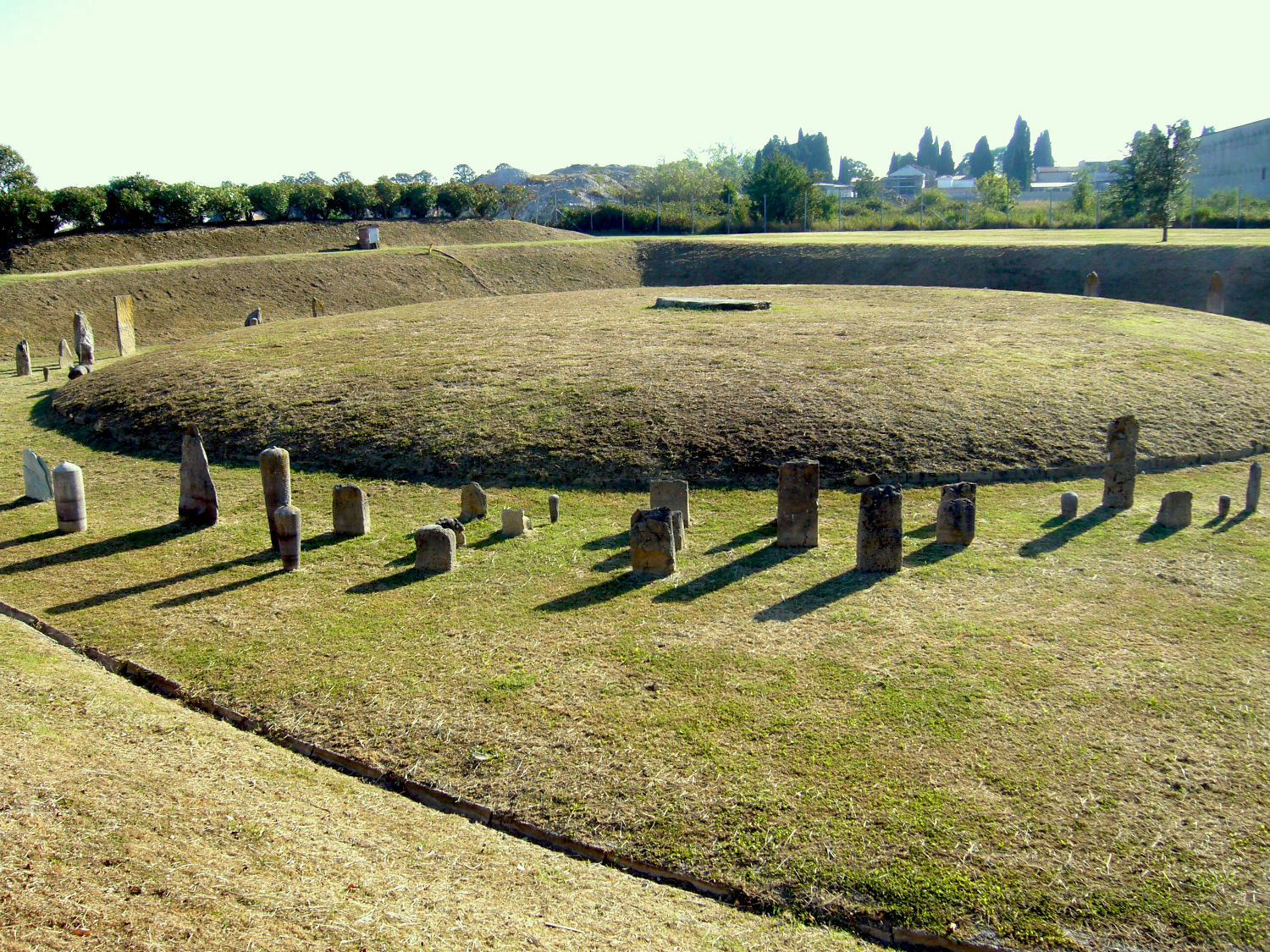Logge di Banchi

Designed by Bernardo Buontalenti and built by Cosimo Pugliani, between 1603 and 1605, by will of the Grand Duke of Tuscany Ferdinando I de’Medici, the Logge di Banchi were the place of the wool and silk market, money changers’ stalls and the cereals market.
The scroll beneath the Grand Duke’s coat of arms on the side of the building and the results of recent archaeological excavations in the alley beside the Loggia, both confirm that in order to build it, part of the medieval quarter of tower houses and narrow streets, where some of the wealthiest families of the time lived, was demolished.
The only remaining part of the original 17th century Loggia are the lower storey of arches with 12 massive pilasters in rusticated marble, resting on plinths with a low relief banderole above. In 1865, when the Rivers and Ditches office (Ufficio Fiumi e Fossi) was replaced by the State Archives, the upper floor, originally decorated with two banderoles on the facade towards the Arno, was completely re-designed with a gabled pediment,
In 1925, by agreement between the Comune di Pisa and the Bolognese builder Cleopatro Cobianchi, a daytime “hotel” was built in the basement. During excavation work an exceptional trove of gold coins, dating from the 13th century was recovered, now in the Museo di S. Matteo.
The “hotel”, built in Liberty style, was provided with WCs, showers, bathrooms, a barber, manicurists, chiropodists and a cleaner. For a long time it remained closed but was renovated in 2000 and is now open for public use.

